Exploring Nuremberg, the Medieval City of Albrecht Durer (Things to Do & Travel Guide)
Last updated on February 16, 2025
One place I’ve always wanted to visit was Nuremberg. The home of a famous artist, with a preserved and rebuilt medieval center – it looked like a magical place. I finally got to visit and Nuremberg is definitely as lovely a city as I could’ve imagined it.
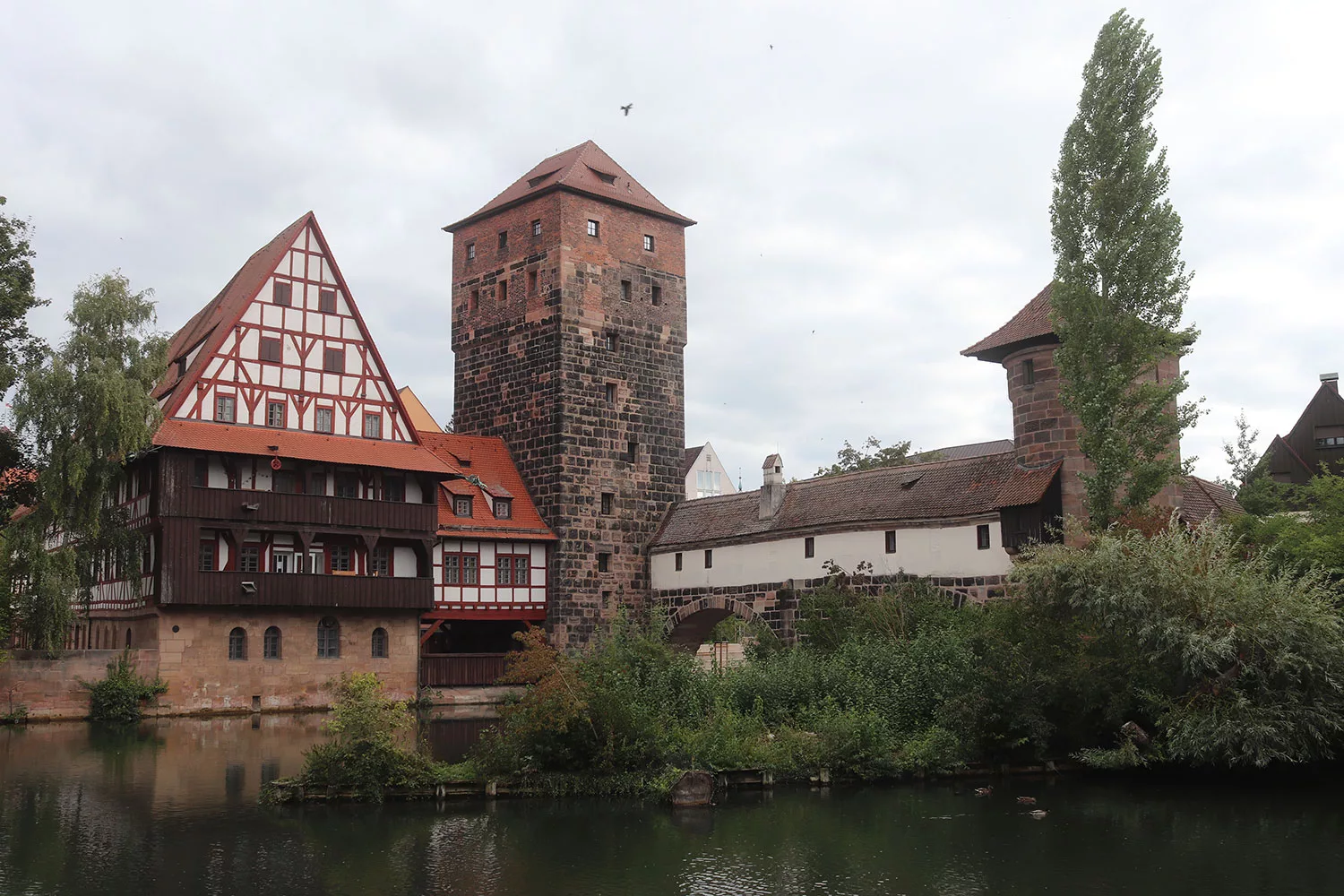
Some of Nuremberg’s History
Nuremberg prides itself on being one of Germany’s most important medieval cities. It was first mentioned in the historical record with its imperial castle in 1050, but it had probably existed at least several years before then, so its origins are still unknown. It was a popular stop on the trade route between its homeland Franconia and Bavaria. (Nuremberg is now technically part of Bavaria but they still prefer to celebrate their Franconian heritage.)
Many royal figures and the Imperial Diet frequented Nuremberg in the 12th-13th centuries. By 1254, Nuremberg had become a free imperial city of the Holy Roman Empire. In 1356, Nuremberg’s status was furthered by becoming the place where every emperor’s first Imperial Diet had to be held.
It thrived for several centuries but its downfall came when it accepted Protestantism during the Protestant Reformation around 1524. It was also heavily destroyed during the 30 Years’ War and the Imperial Diet was subsequently moved to Regensburg a century later. The city tried to become more relevant and built a few new buildings in the Baroque style but it never recovered.
So, Nuremberg stayed a medieval city.
During the Third Reich, Hitler loved Nuremberg, probably because of its former status as an Imperial Roman City. It also had an extensive history of pogroms and massacres against Jews dating back to medieval times.
Many Nazi party rallies were held just outside the old city and Hitler himself even occupied the castle. As such, Nuremberg was heavily bombed during World War II but has since been rebuilt to preserve its medieval heritage, which its residents are very proud of.
You also may have heard of Nuremberg from the “Nuremberg Trials,” or the trials of the Nazis after World War II. As you might expect, this is where they were held.
Things to Do & See in Nuremberg Today
Towering over the city is the Imperial Castle of Nuremberg, which dates back almost 1000 years at least. The castle is atop a hill and it’s a very impressive structure. Today the castle still maintains its medieval integrity.
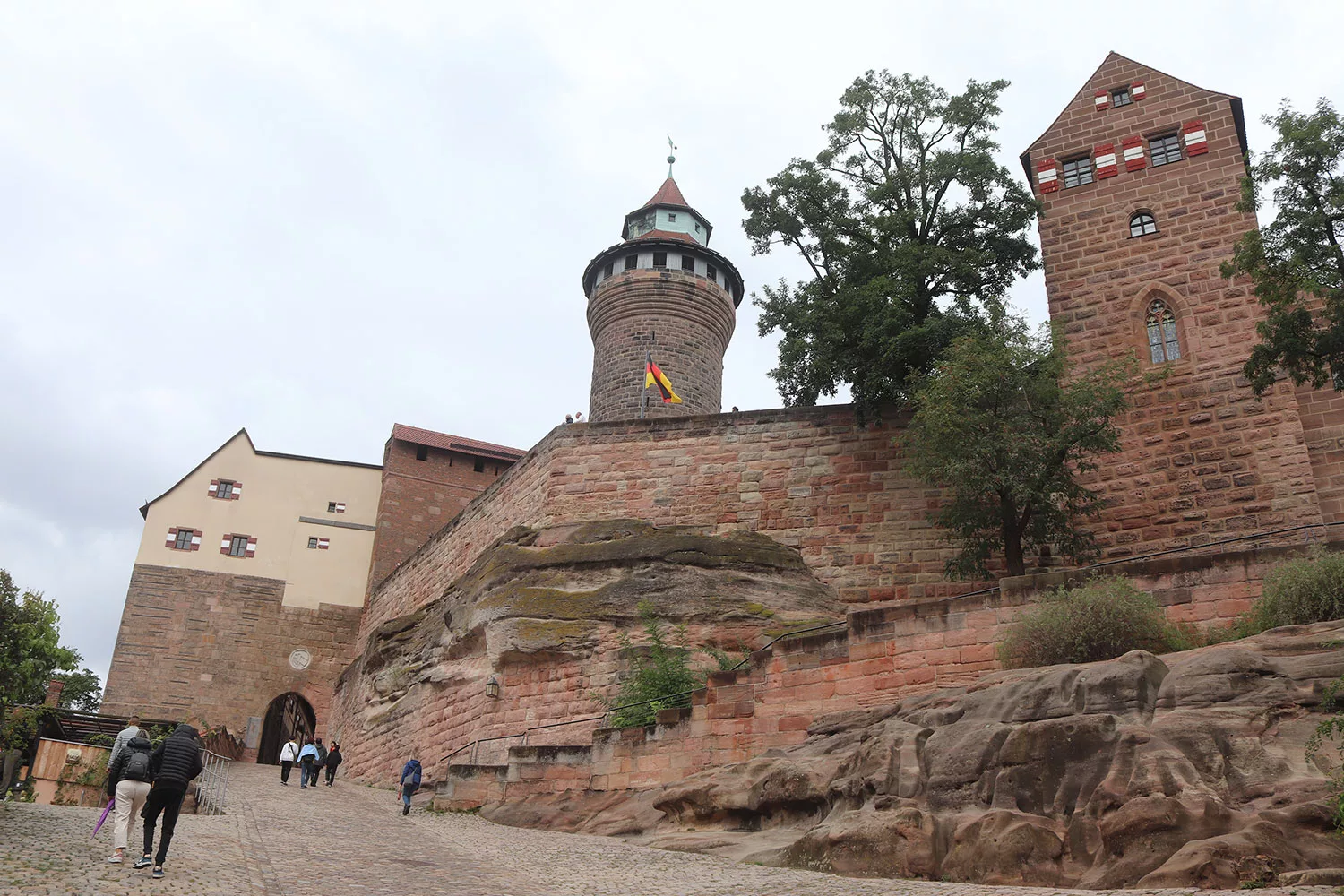
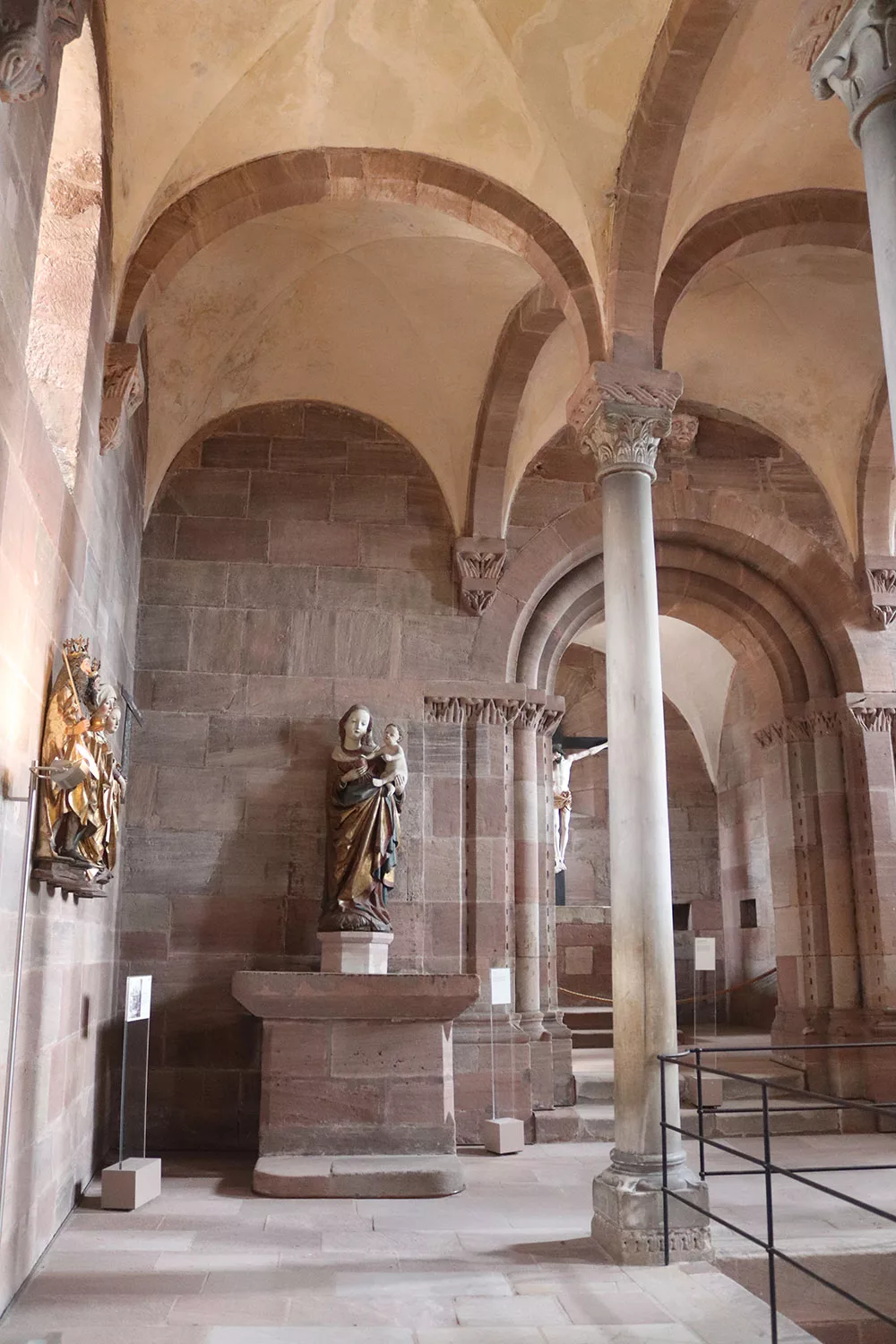
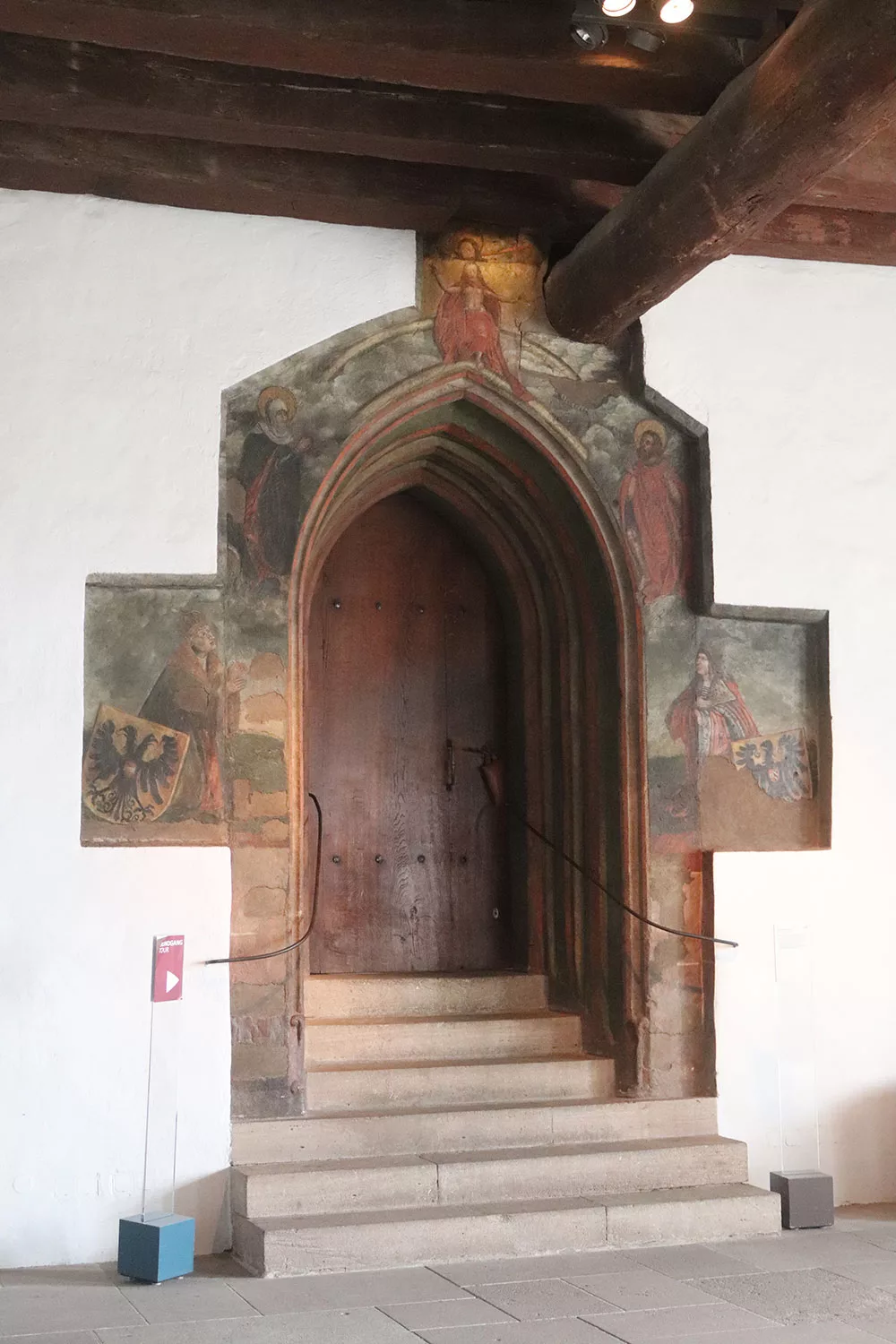
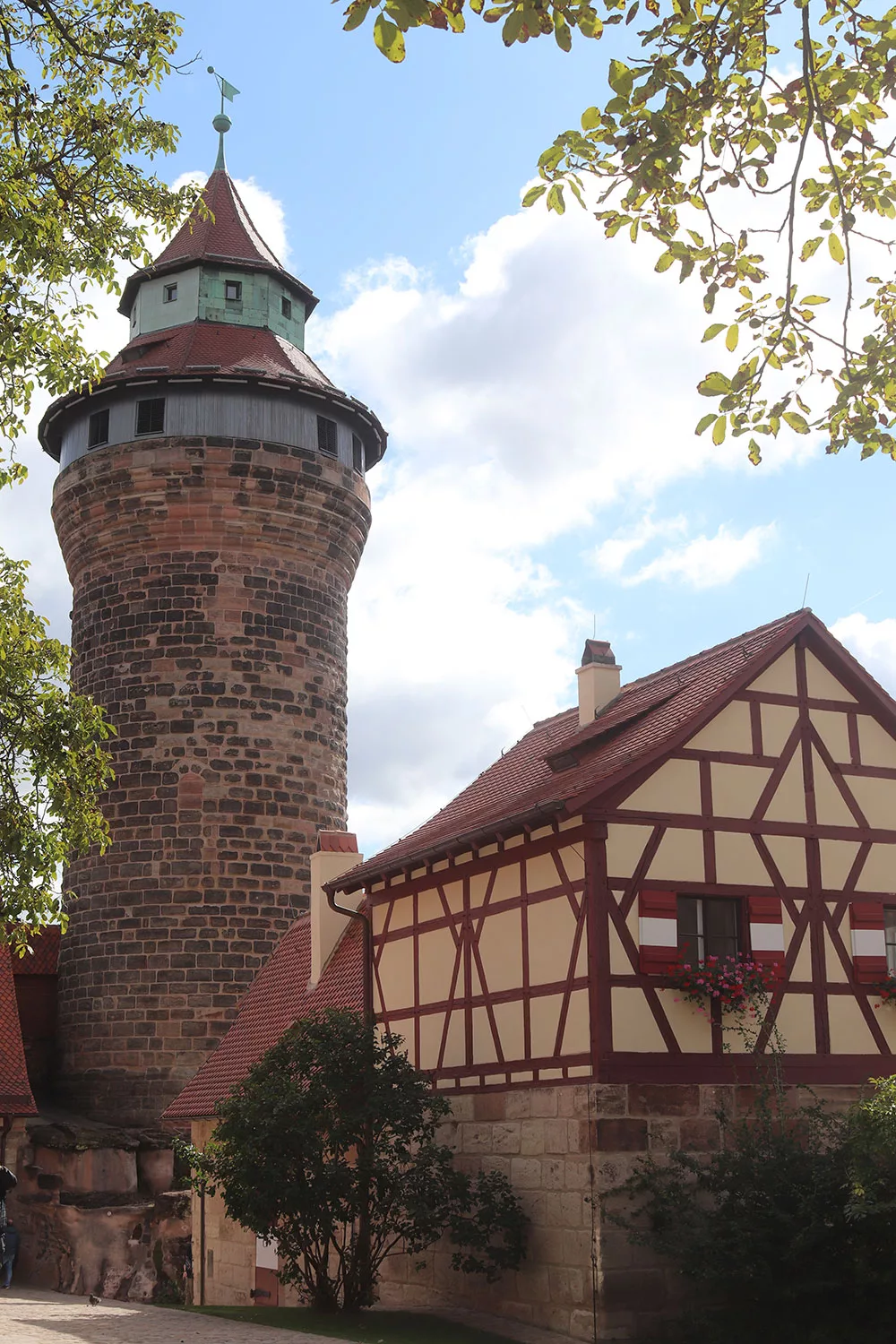
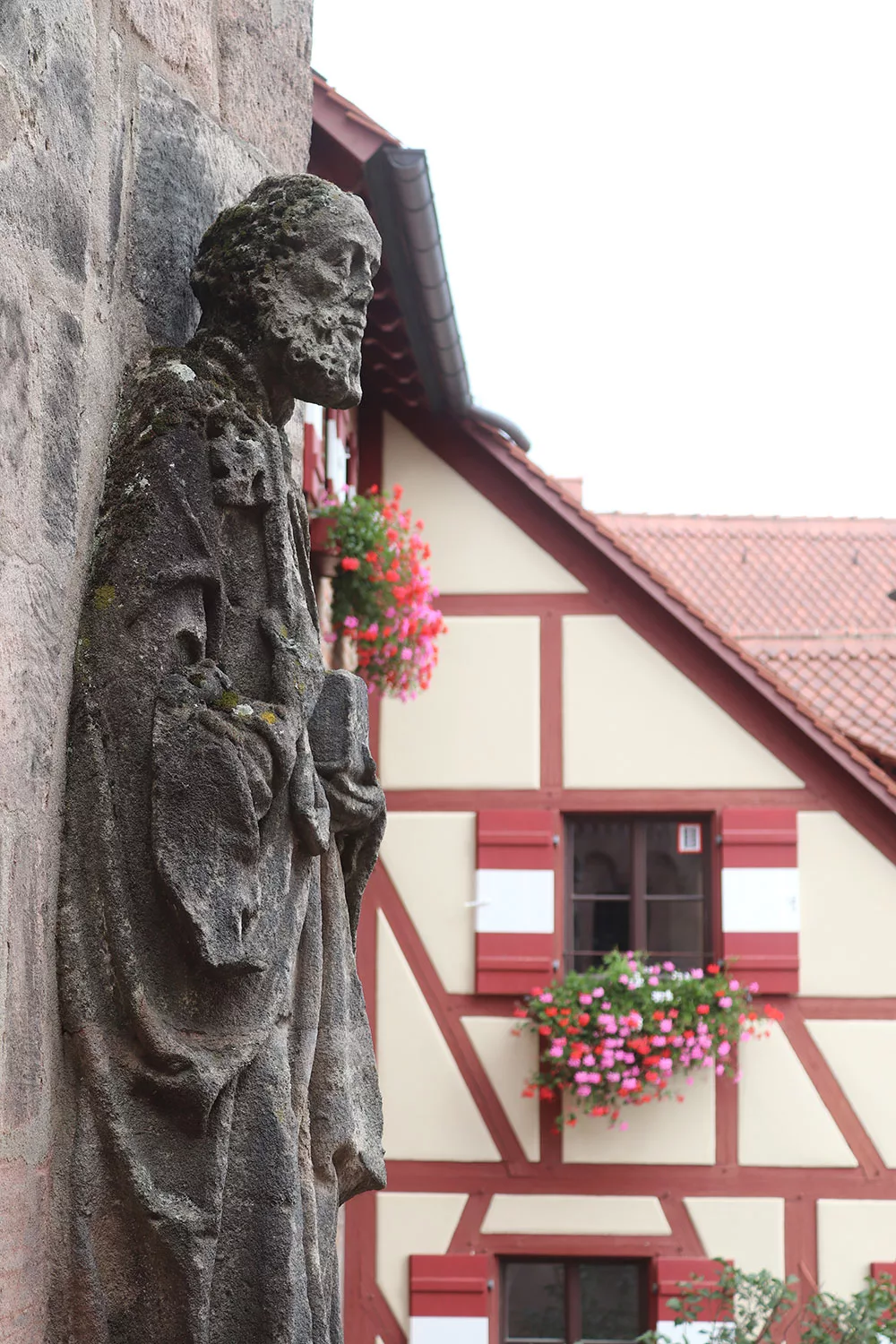
You can visit to see the inside. The castle itself is a bit bare but it does have a small armory and royal artefacts like scepters and jewels. The exhibit also has excellent information on the history of the castle and thus Nuremberg, not to mention fantastic views over the city. I definitely recommend a visit, but if history isn’t your thing or you’re trying to save money, you can visit the grounds of the castle free of charge.
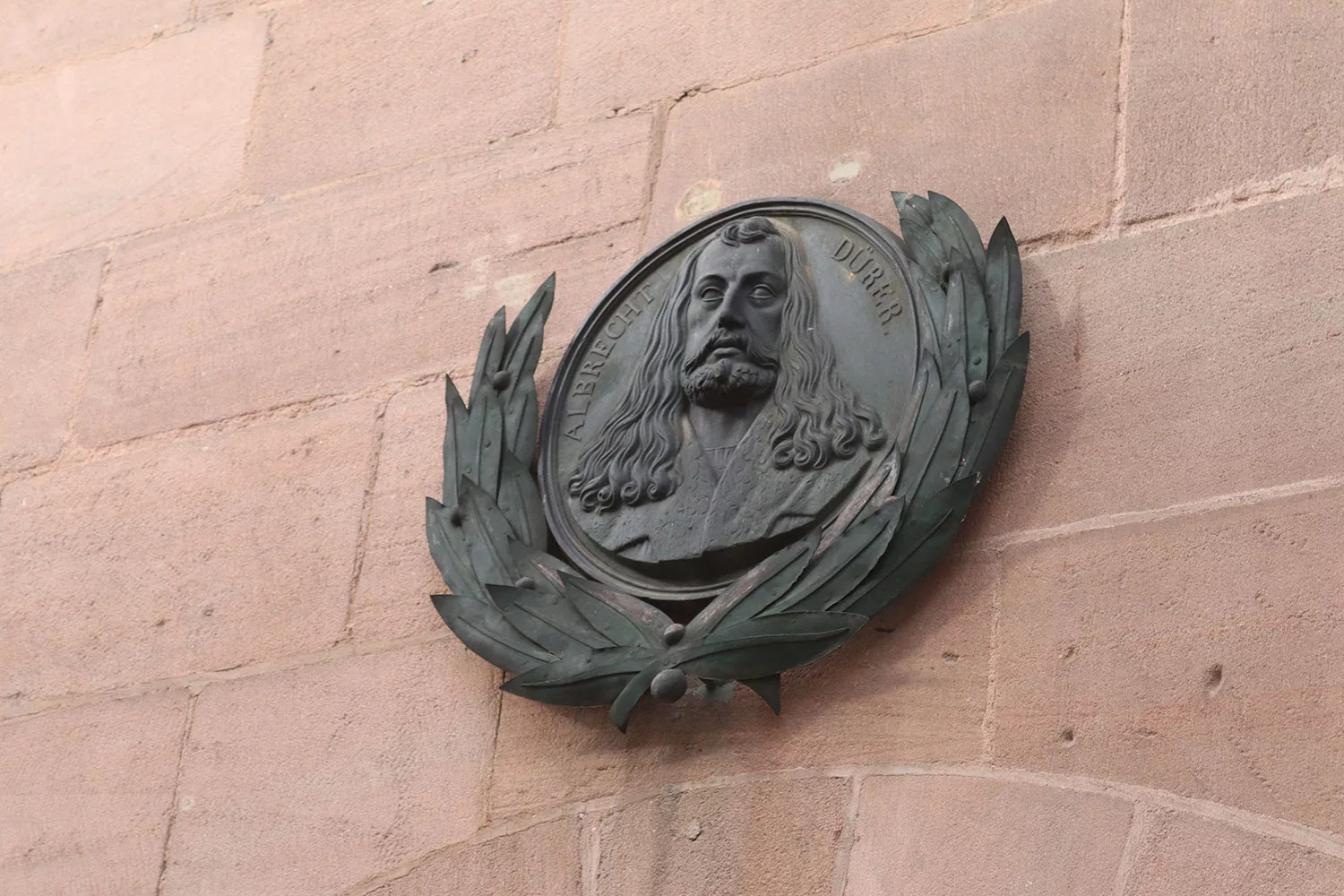
You’ll also notice the presence of one of the city’s most famous residents, Albrecht Durer (1471–1528). You’ve probably heard of him if you’ve taken an art history class, but if you haven’t, he was a painter and artist who was known for his exceptionally realistic artwork. He was born and lived his life in Nuremberg. One of the city’s main attractions is the house he lived in from 1509 until his death. It’s an absolutely beautiful medieval home, and the tour has a ton of information on Durer’s life and his work. I highly recommend a visit and it’s something you can’t miss if you enjoy art history.
Outside the house is a modern sculptural rendition of one’s of Durer’s most famous works, “Young Hare” (1502).
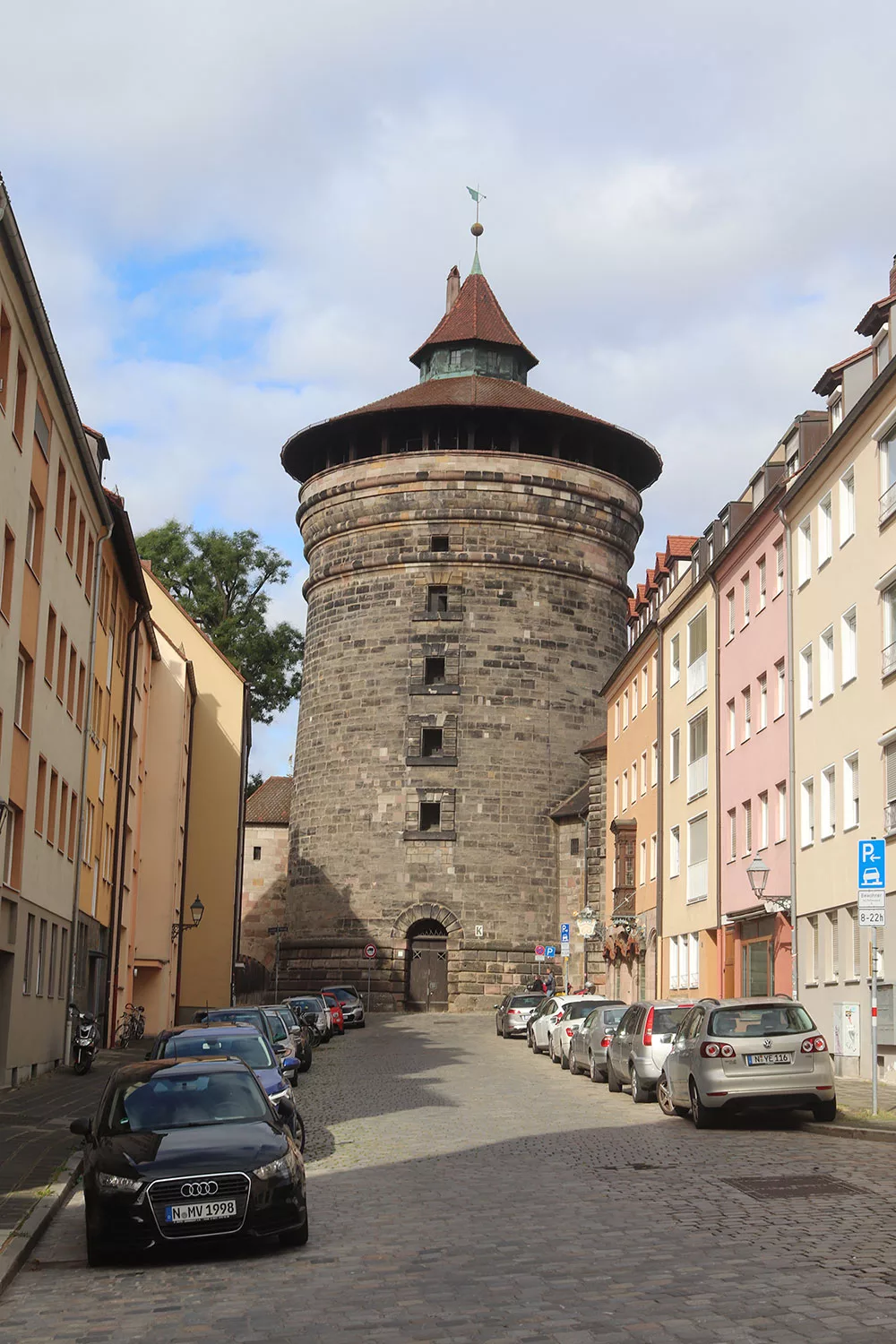
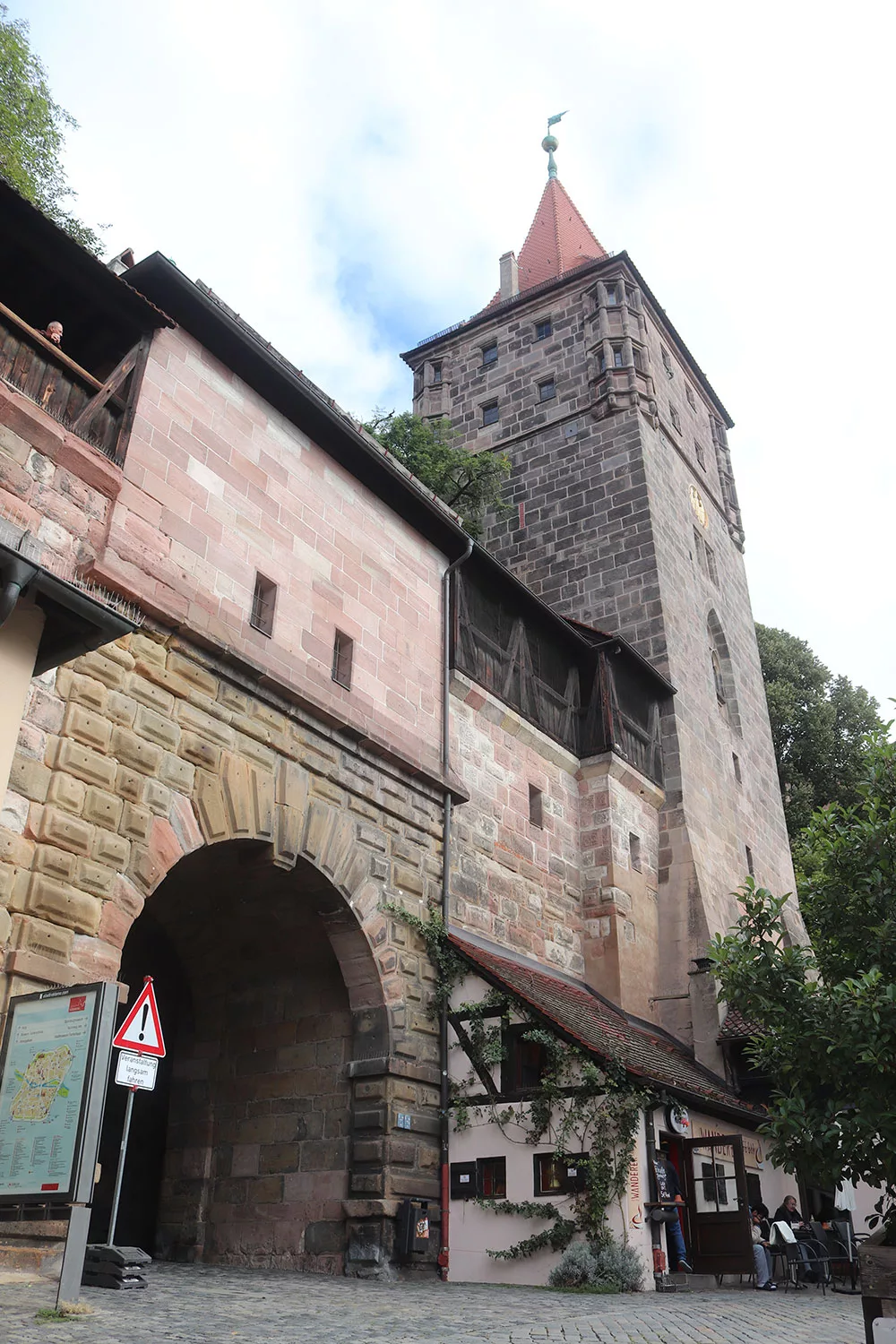
You also can’t miss the city’s impressive city walls and towers – even if you wanted to, because they’re so big! I believe they date to the 16th century though they are largely rebuilt. These walls are massive and there are several impressive gates to see around the city. Unfortunately the walls are not very accessible – as of now, you’ll have to arrange a tour in German if you want to go inside them. I’d like to one day see them allow people to walk the perimeter. But they’re still impressive to look at from the outside.
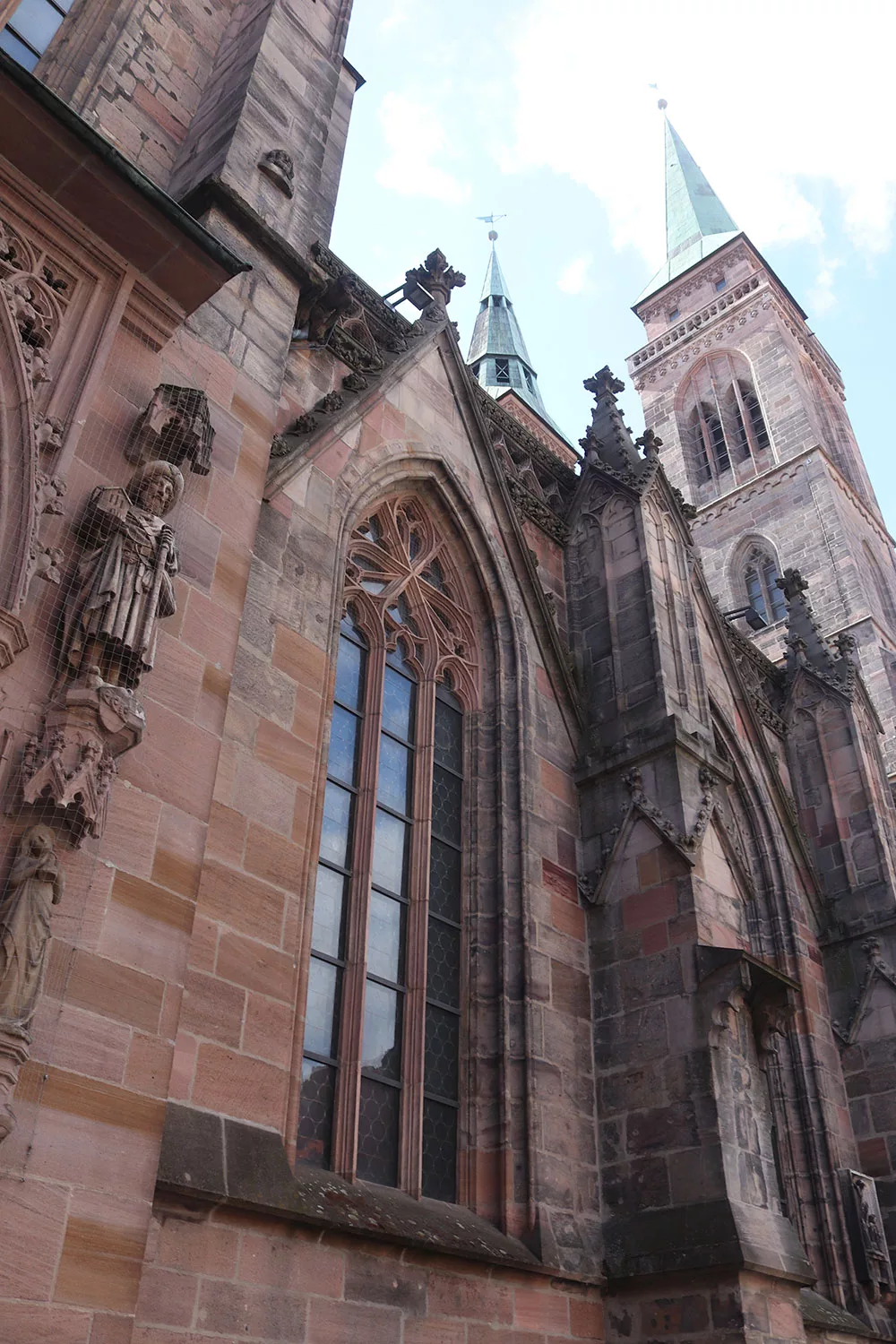
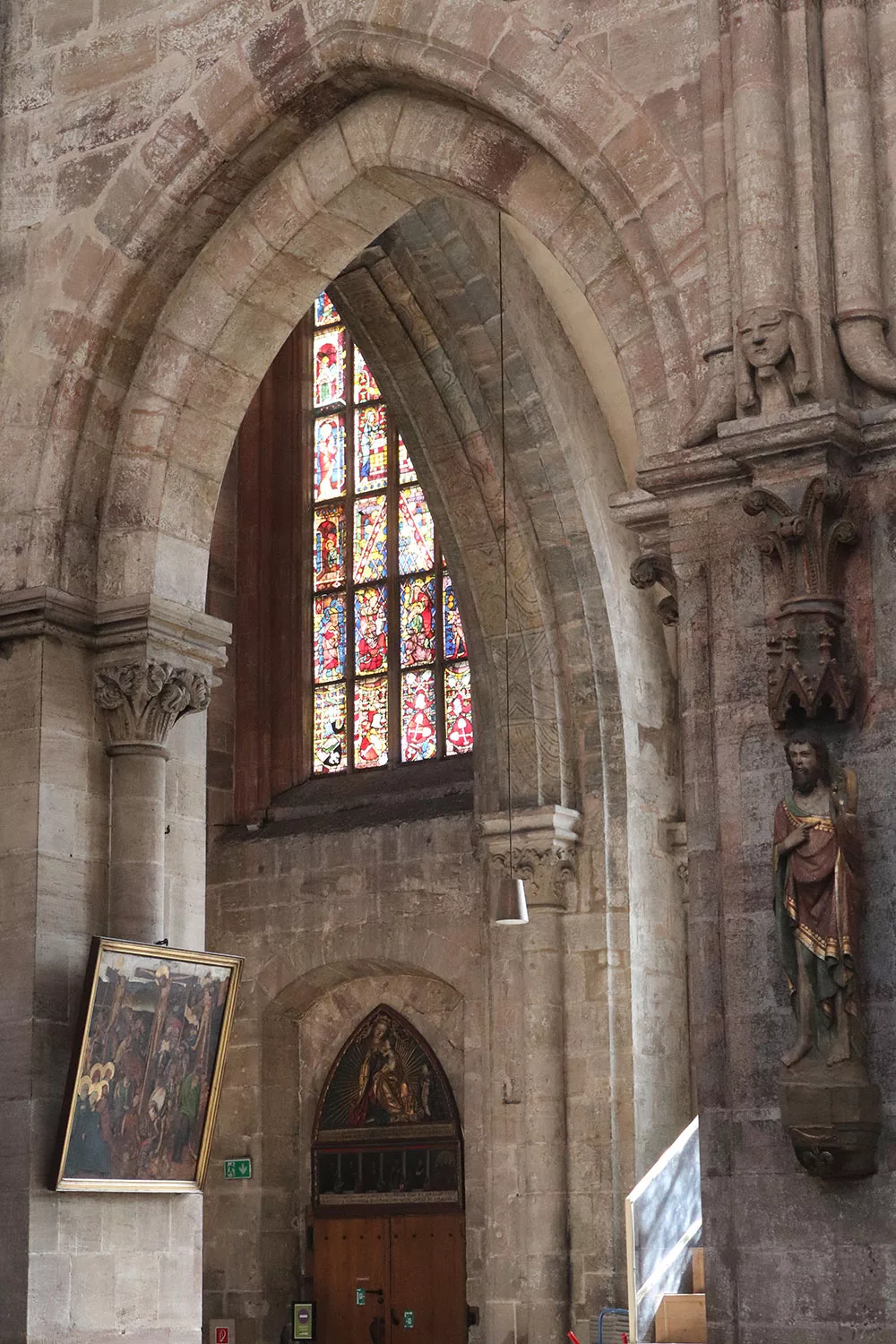
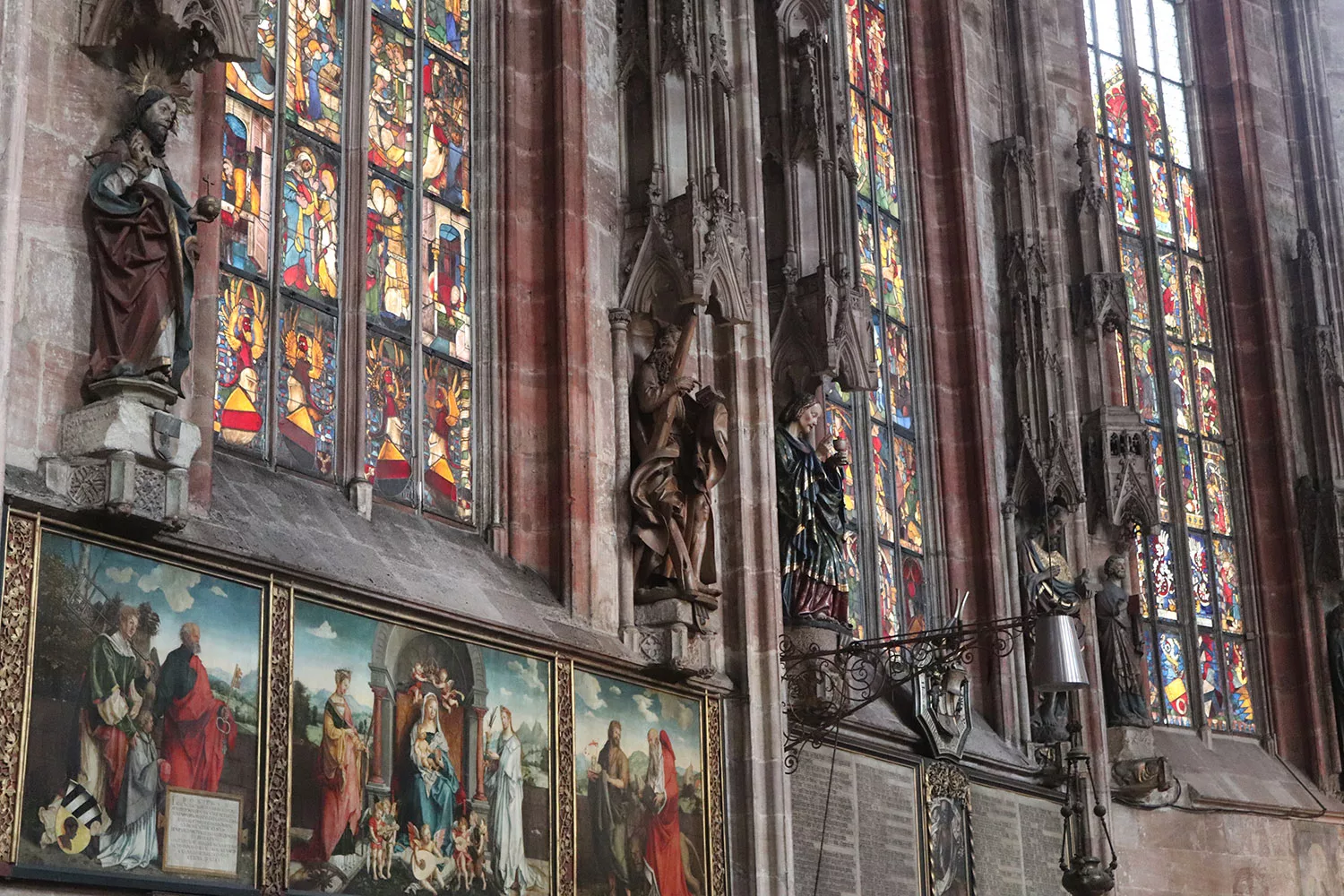
Another city icon I really liked was St Sebald Church, which dates all the way back to the 13th century and is dedicated to the city’s patron saint, St Sebald. I found it to be quite pretty on the inside and worth the 2 euro donation.
I also wanted to visit the impressive Frauenkirche, the 15th century church that looms over Nuremberg’s main square, but I couldn’t find any place to enter. I may be wrong but I can’t find anything that says they allow visitors, so I’m thinking they currently don’t.
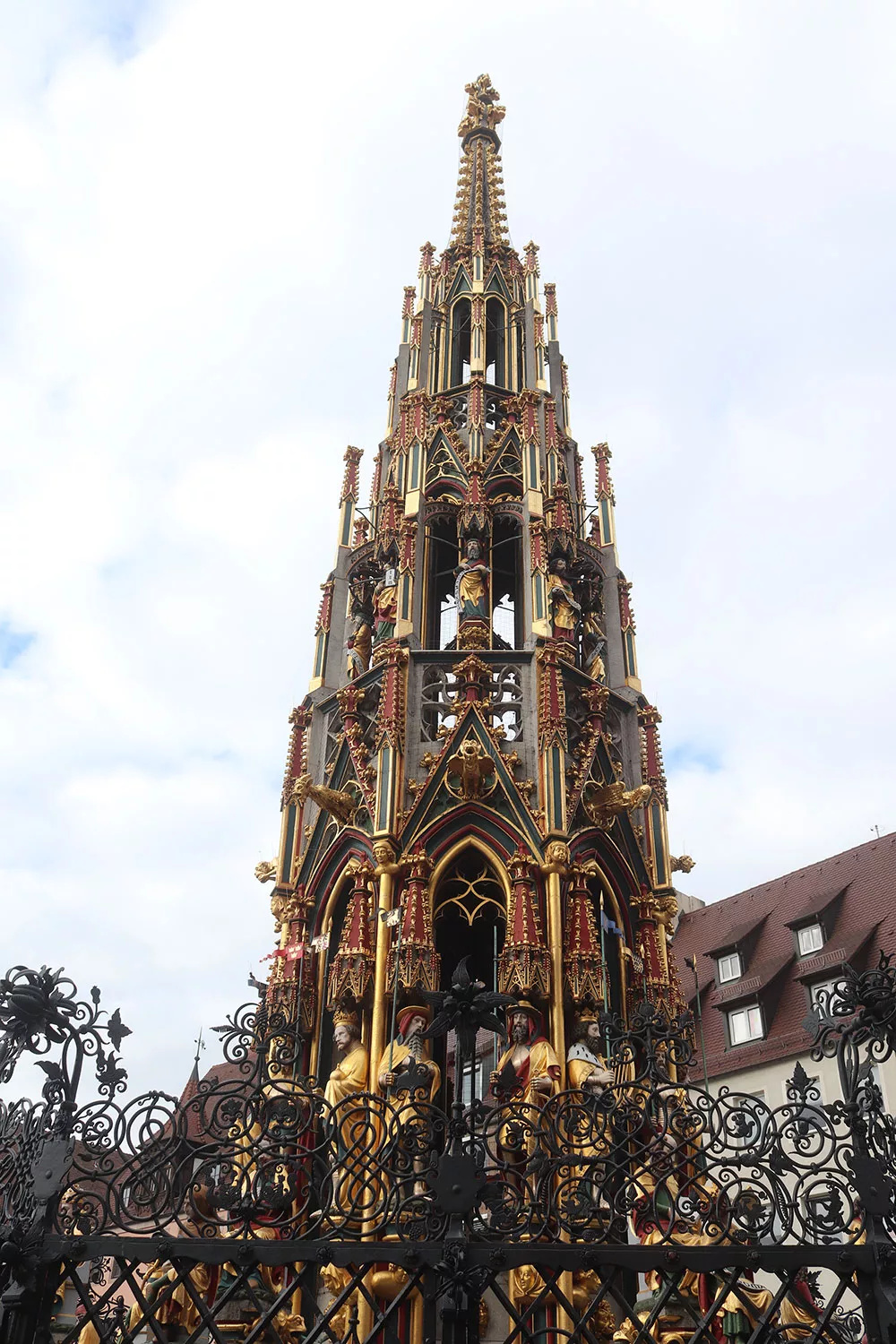
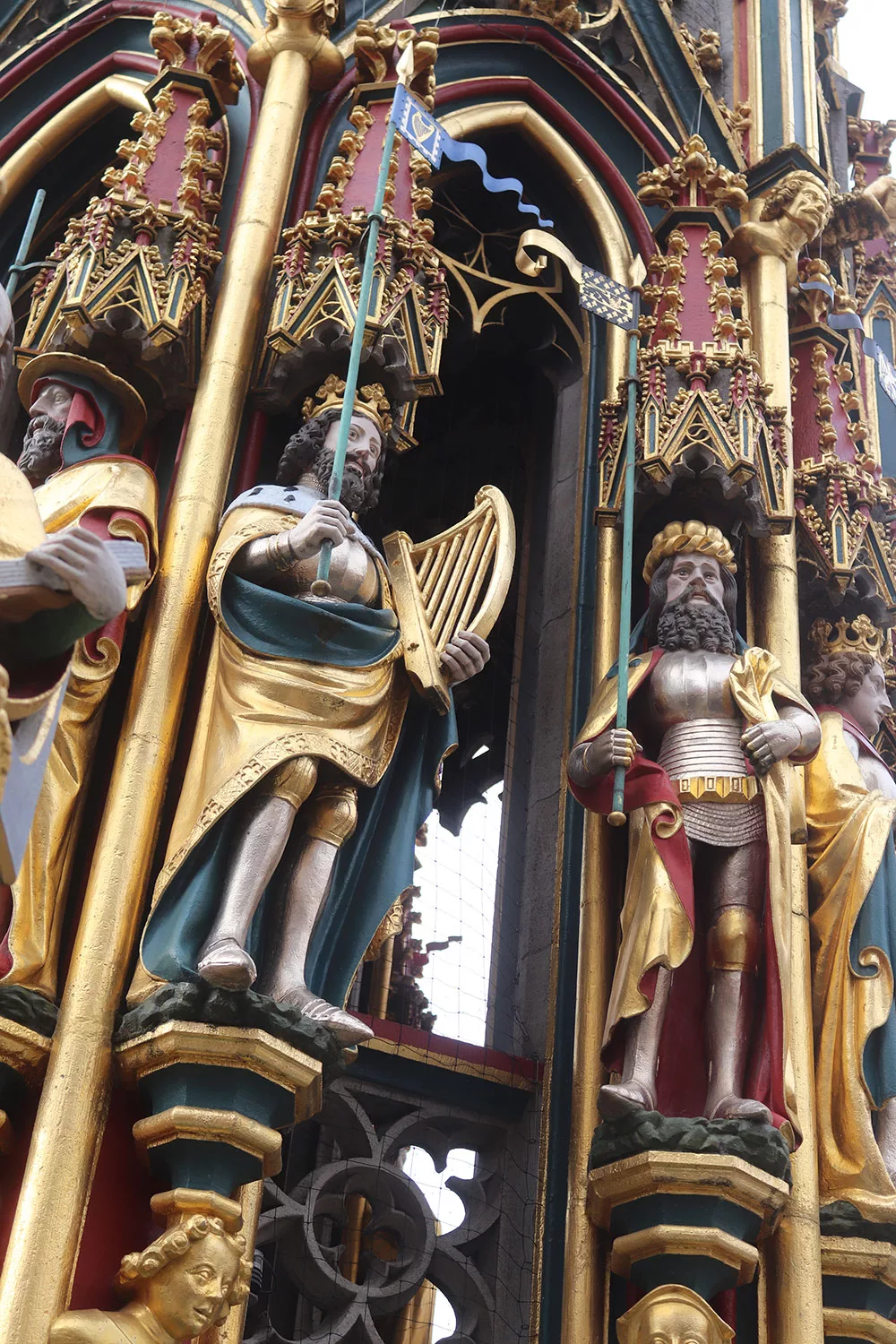
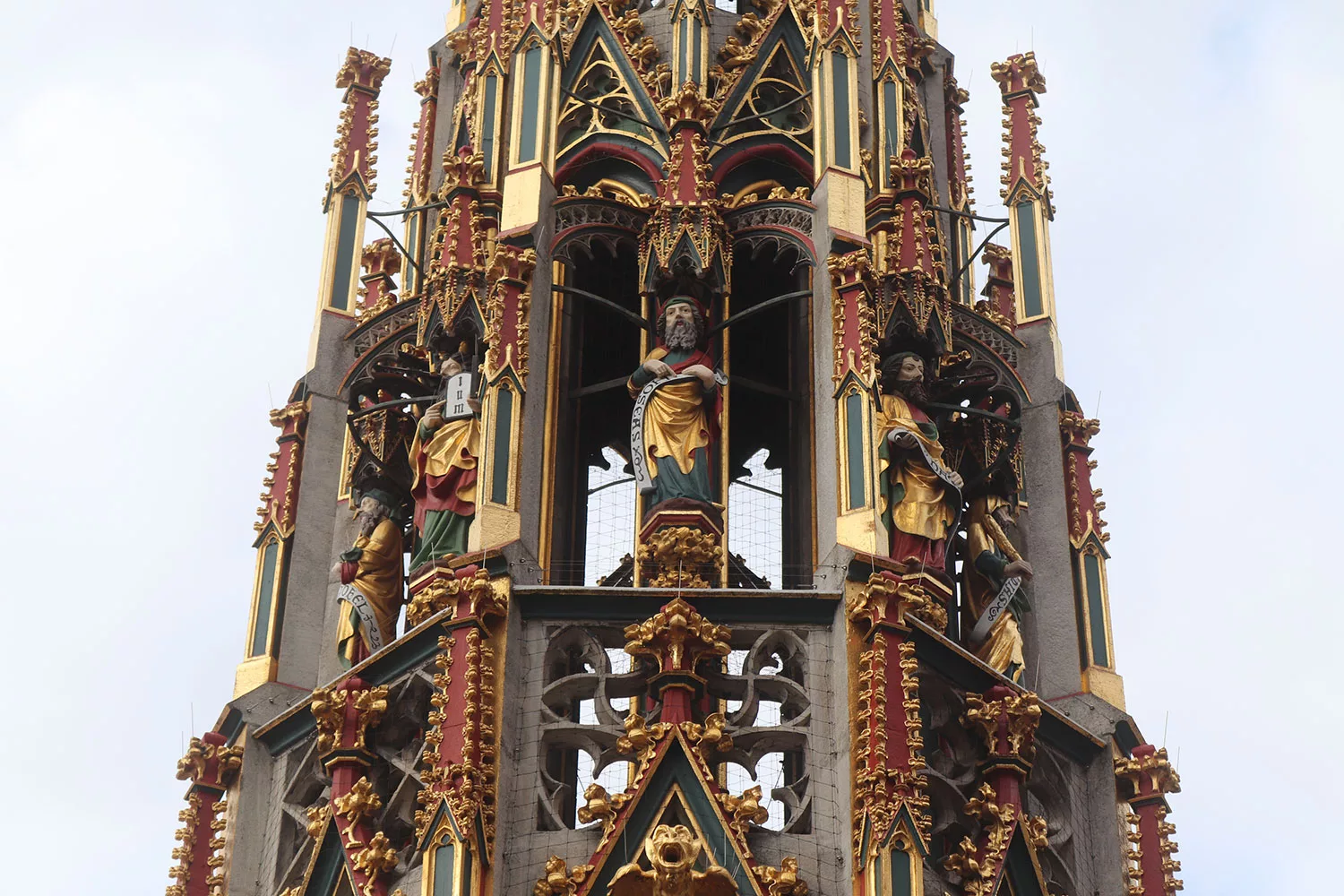
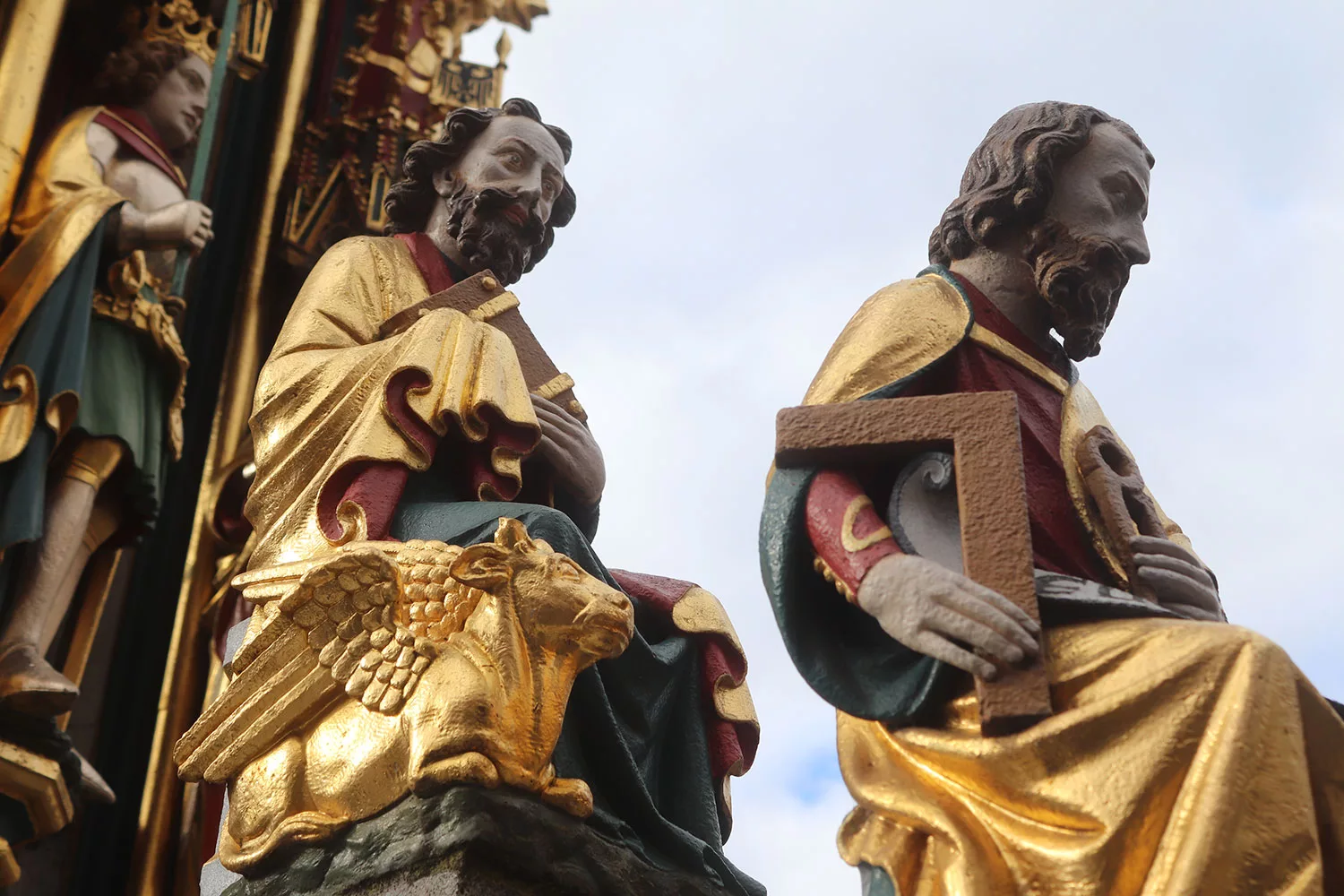
But if you’re in the area, you definitely need to see Schoener Brunnen which is German for “beautiful fountain.” You won’t believe this, but it’s a beautiful fountain! It dates all the way back to the 14th century (though the current one is a post-war recreation) and has several stories attached. If you touch the moveable ring (which you’ll probably see people doing), it means you’ll return to Nuremberg – or possibly that you’ll get pregnant. Depends on the story!
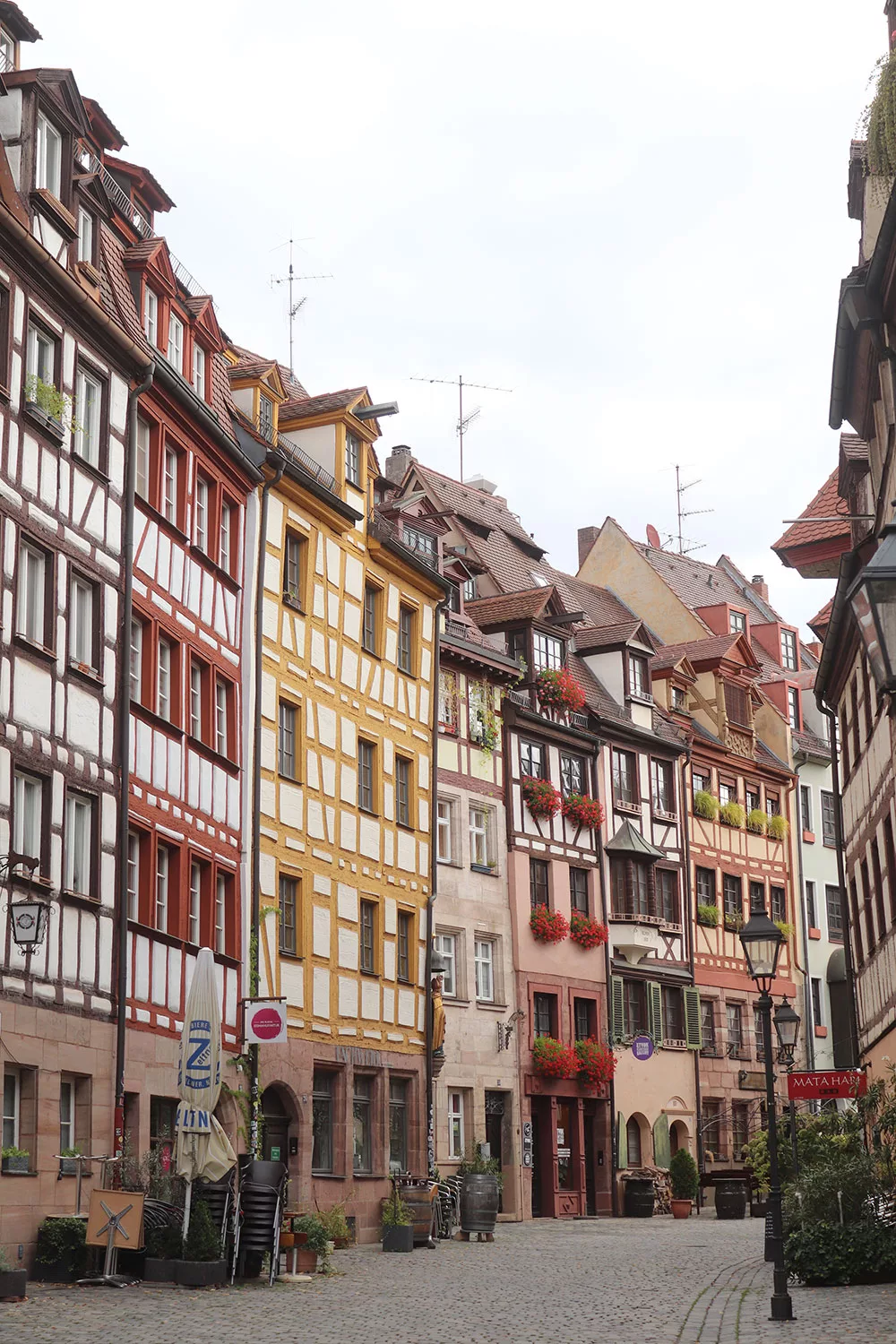
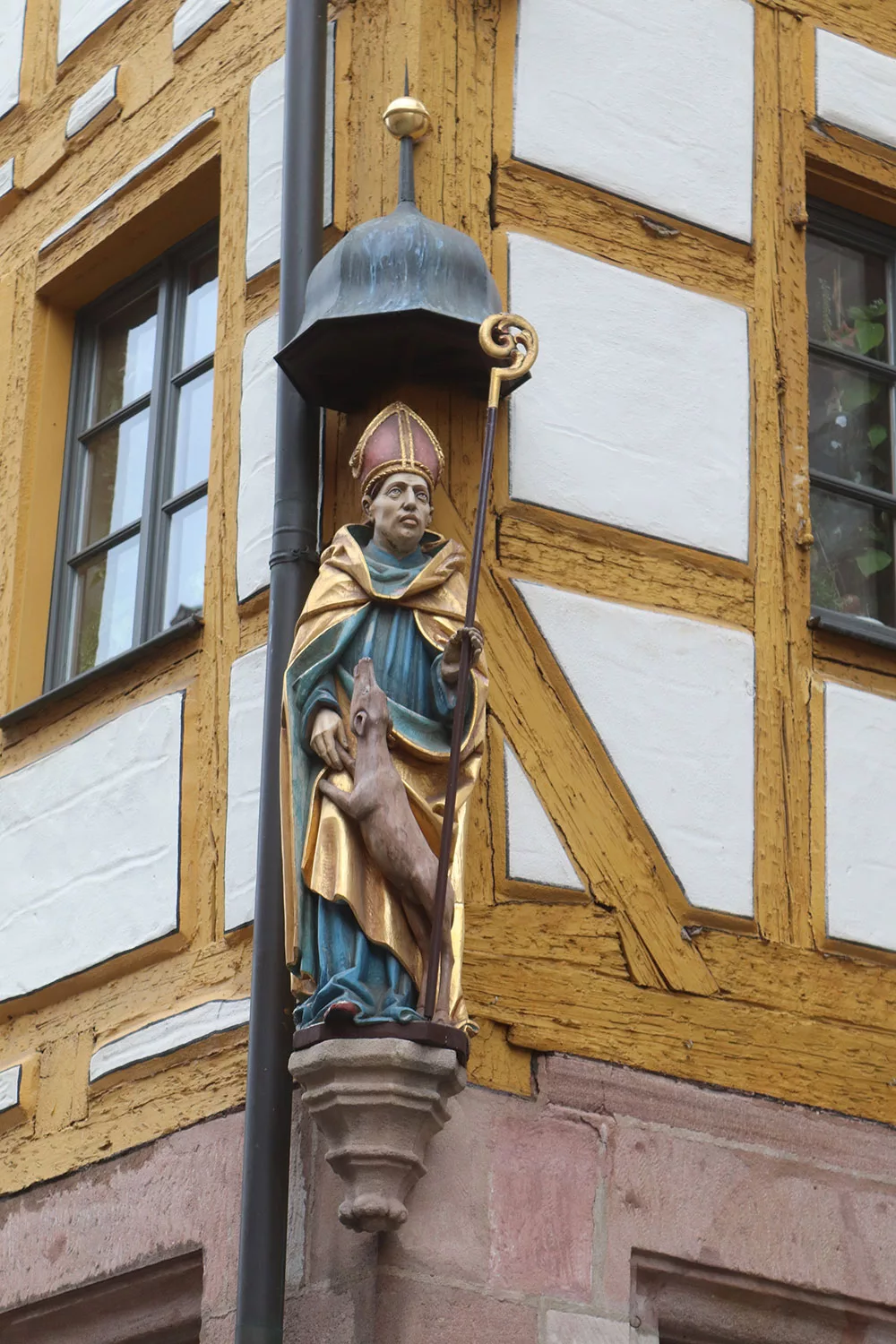

Another iconic area of Nuremberg is Weissgerbergasse or the tanner’s district. This is an entire row of medieval houses that were spared from bombs during World War II. It’s just a picturesque place to see that has preserved parts of Nuremberg’s medieval past.
The Documentation Center is another important part of Nuremberg because it documents how the Nazis used the city as their rally grounds in the 1930s, and how the Third Reich overall came to be and then culminated in World War II. It’s a bit out of the way of the city center but easily accessed on the tram line. When I visited, the center was closed and they had a temporary exhibition. It was quite small but very thorough and educational. I’d definitely like to return to see the center once it’s open again.
You can also visit the former rallying grounds.
Also outside the old town is the Memorium Nuremberg Trials, where you can see where the actual famous Nuremberg trials were held.
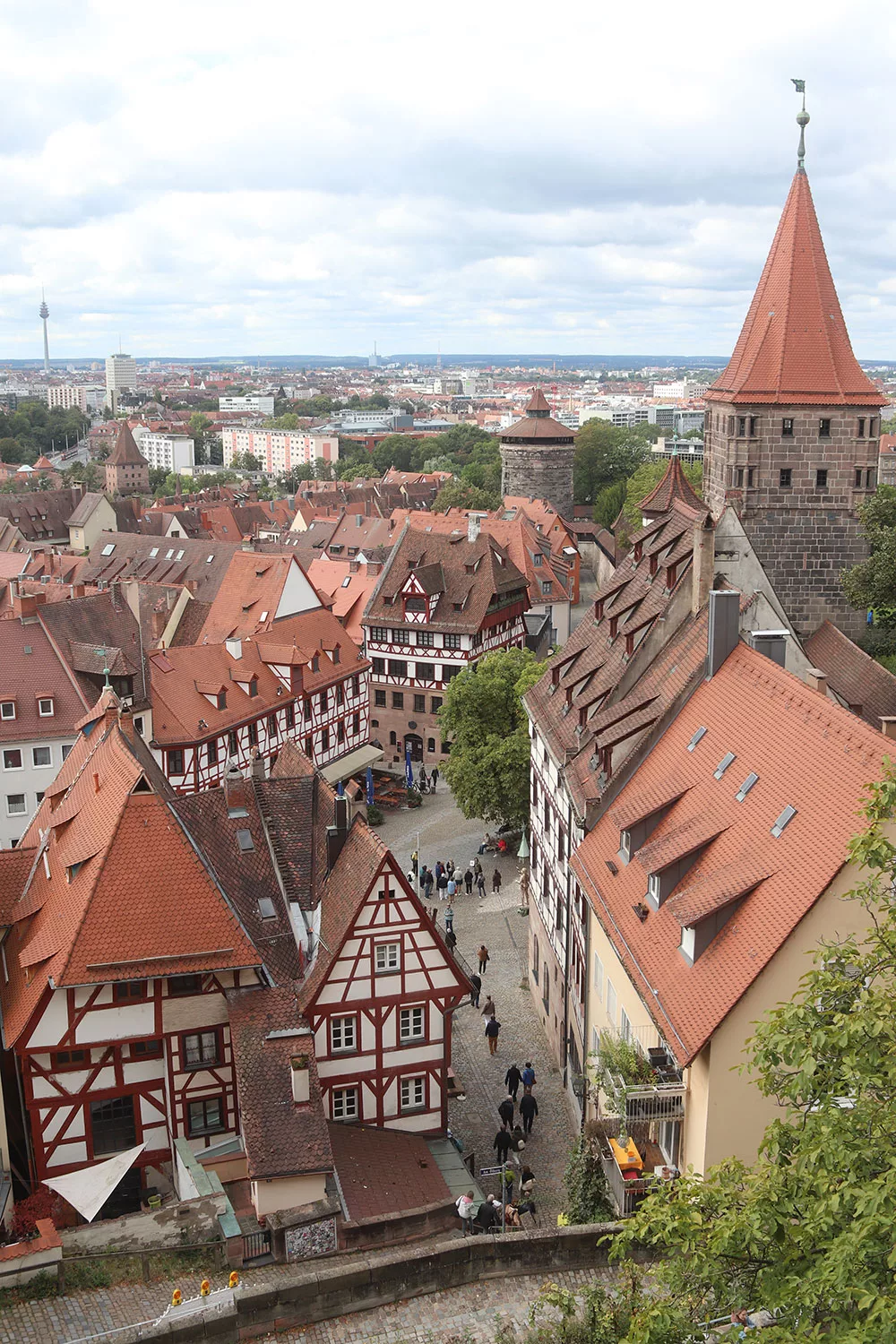
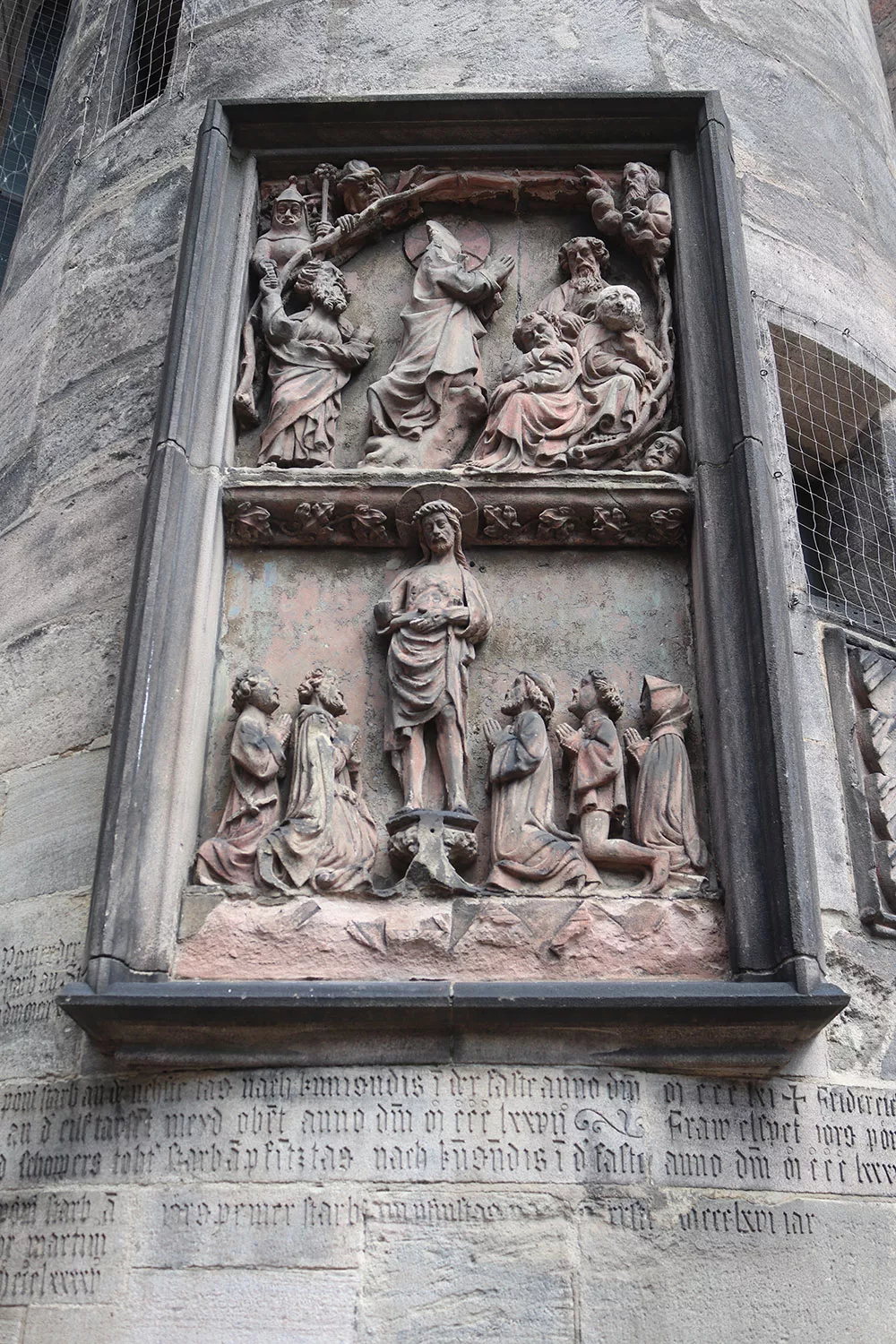
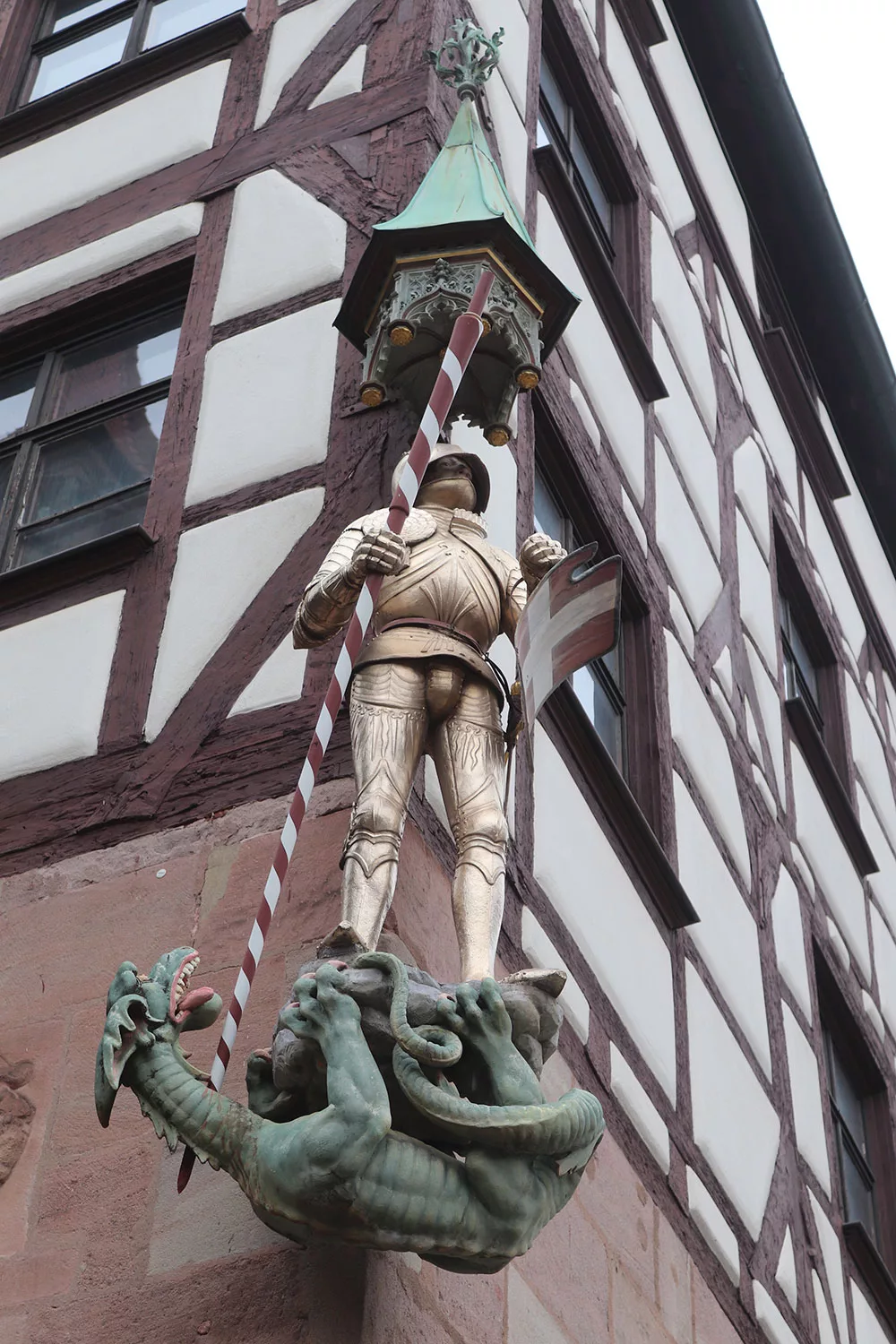
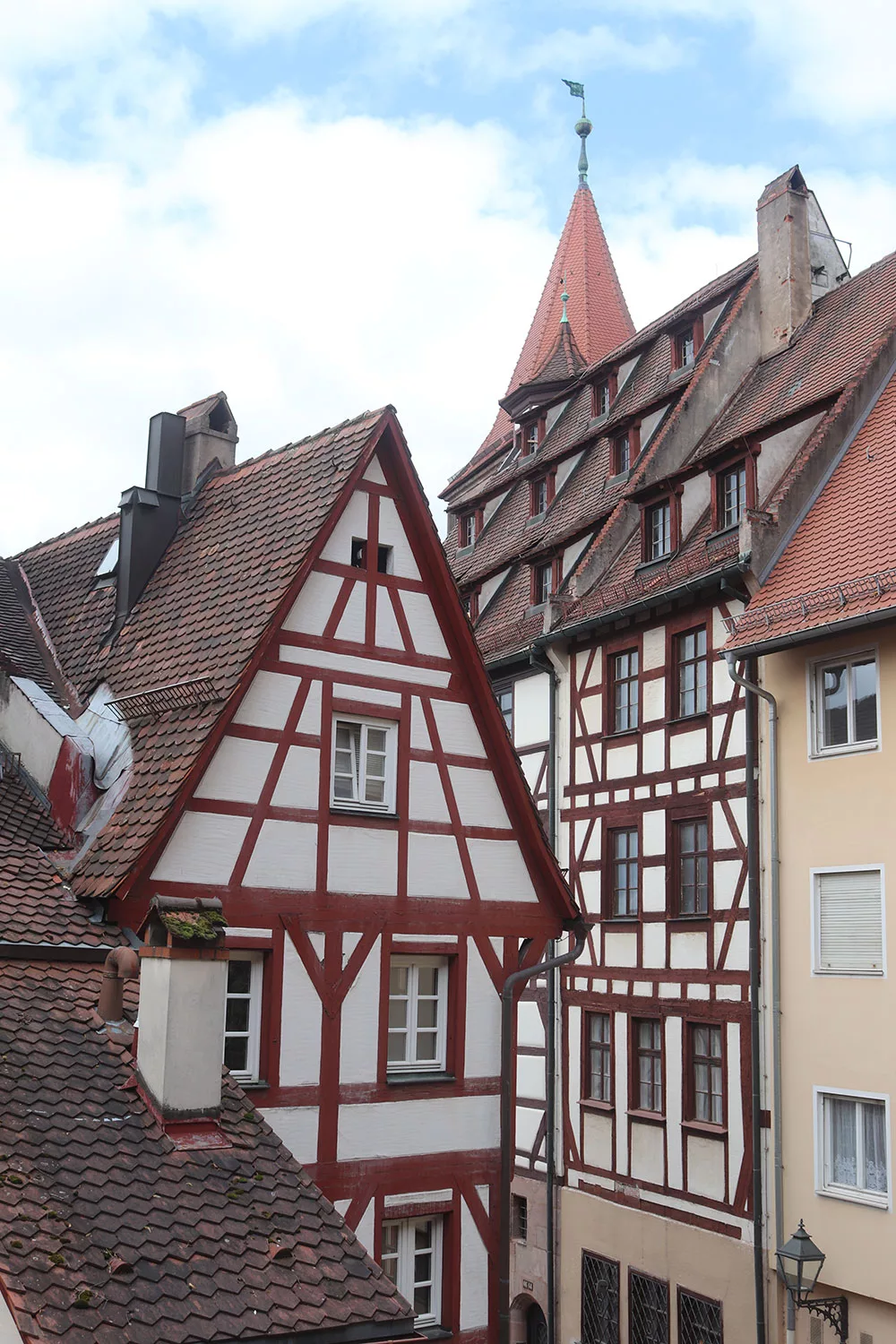
The German National Museum was nice, too. It’s mostly a collection of decorative art dating from prehistory to the Baroque, but when I visited they had a fascinating exhibit on prehistoric burials. The name is a bit misleading, and I think people interested in decorative arts (and history told through that medium) would be the most interested.
Being an interior design lover, I also visited Museum Tucherschloss which is the 16th century home of a wealthy trading family. It had some lovely furniture and architecture but it was honestly on the plainer side, and only 5 rooms. You can visit with the Nuremberg Day Pass (more on that below) but I didn’t really find it to be worth the time. Maybe if you have more time in Nuremberg to spend and want to delve deeper into the history, rather than just on a short visit.
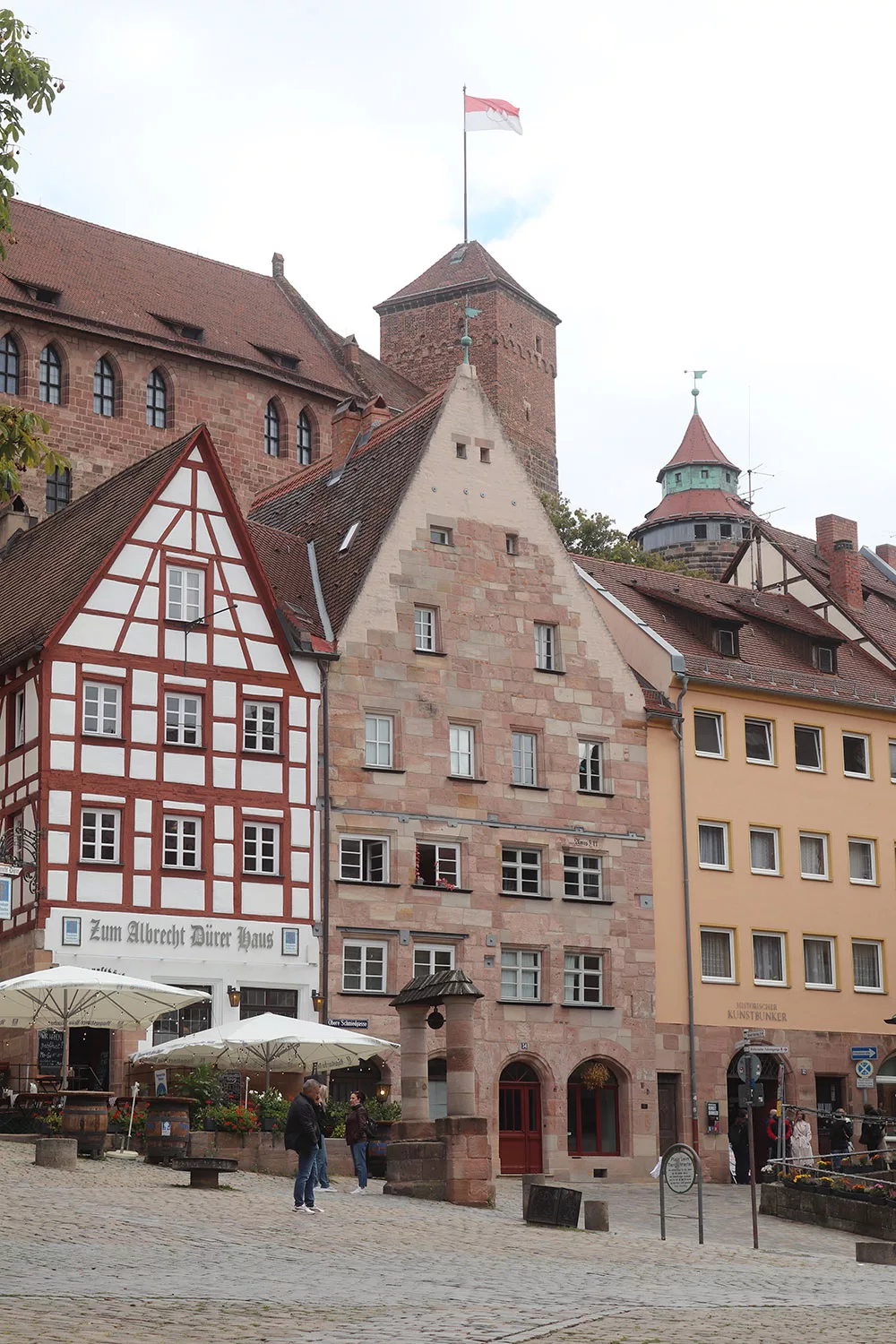
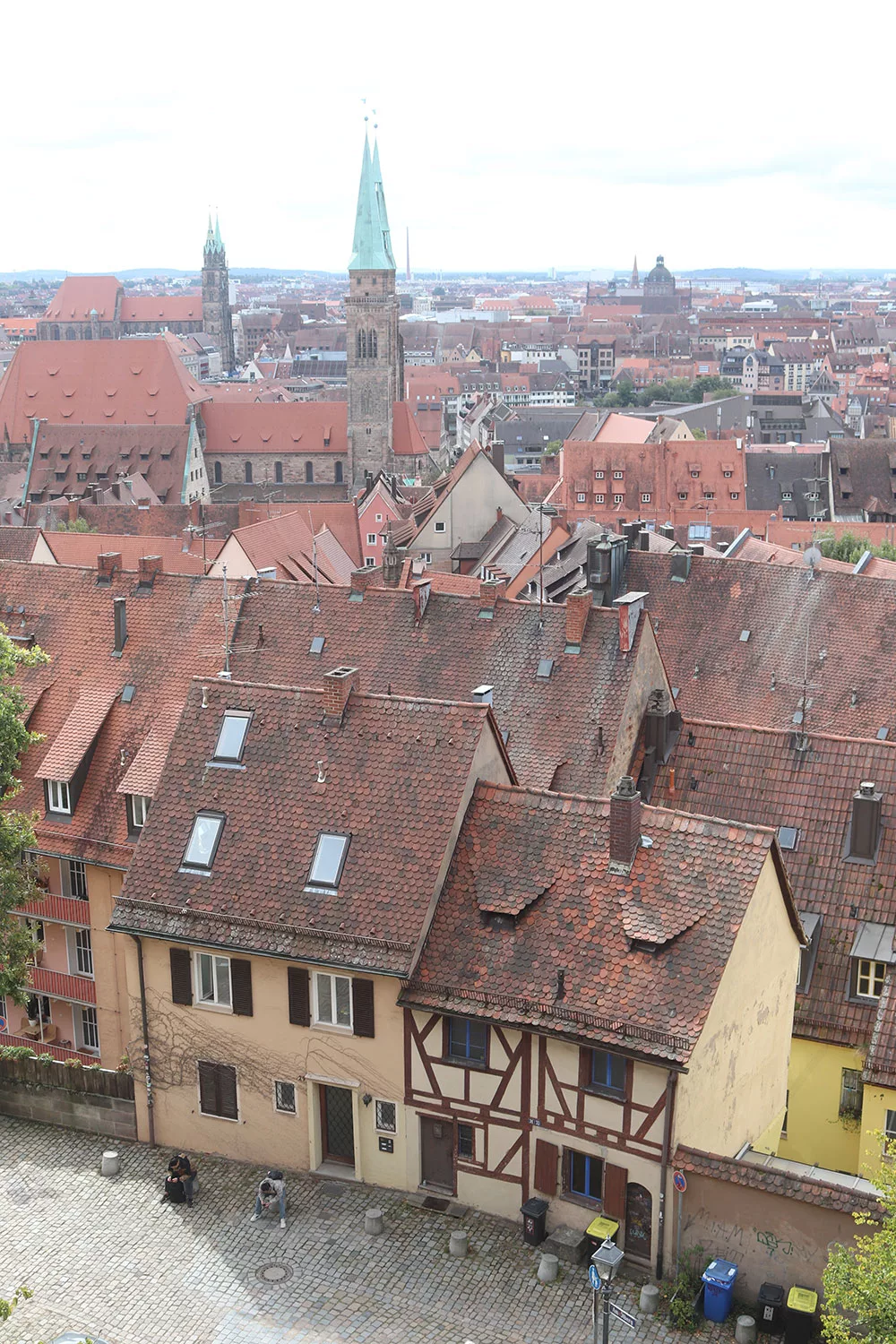
One house I didn’t think I’d like but I actually loved was Fembo House. It’s a late 16th century house and the inside has some pretty areas, but the real draw is its excellent exhibition on the history of Nuremberg. You can learn so much about the city inside and see the first document mentioning Nuremberg, circa 1050, and I definitely recommend you put it on your list of places to visit.
If you go to two or more museums in a day, it’s probably worth getting the Nuremberg Day Pass, available at many of Nuremberg’s museums for only a few euros. Simply ask for it when you pay for your first ticket. It’s a great bargain.
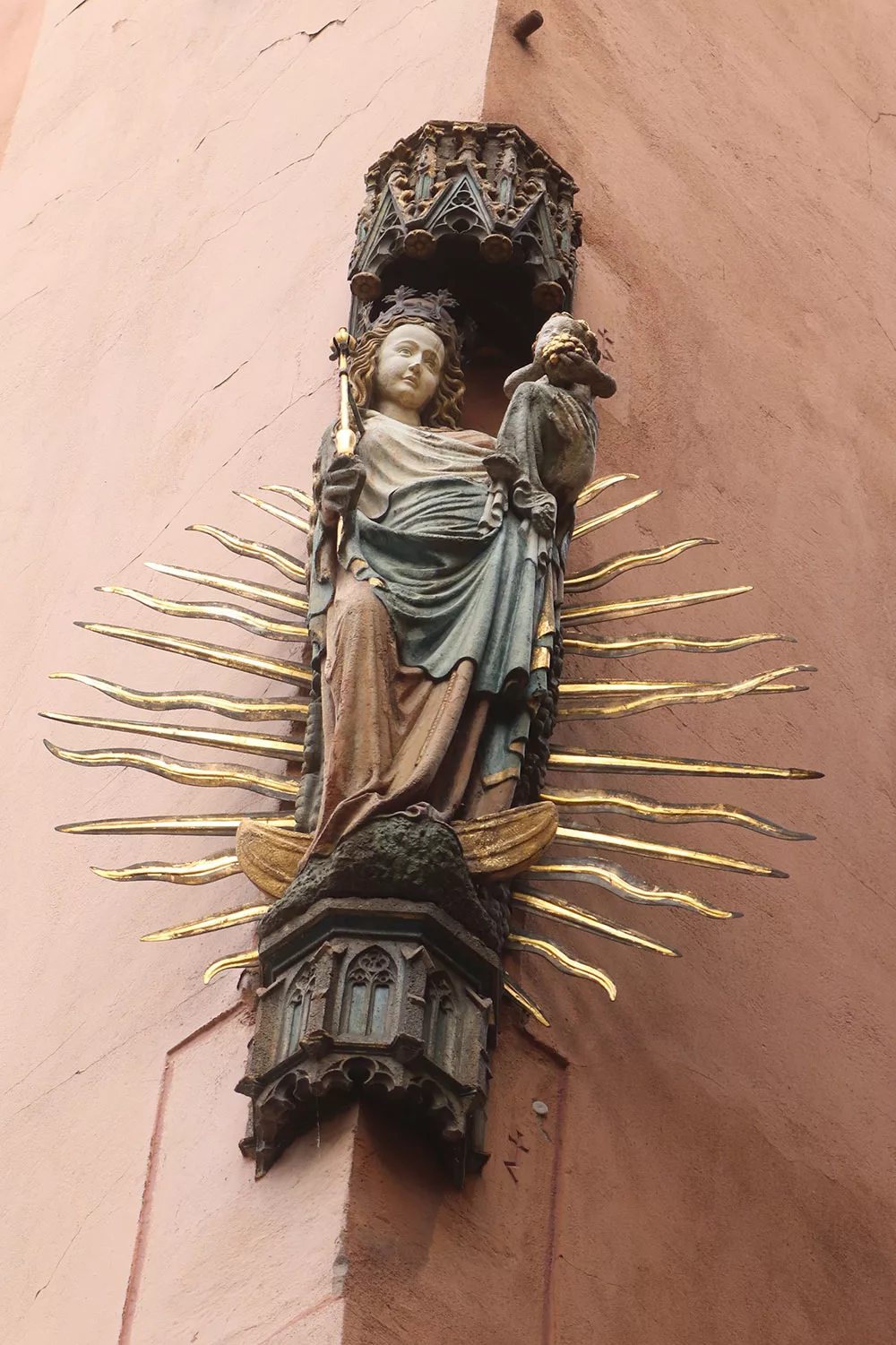
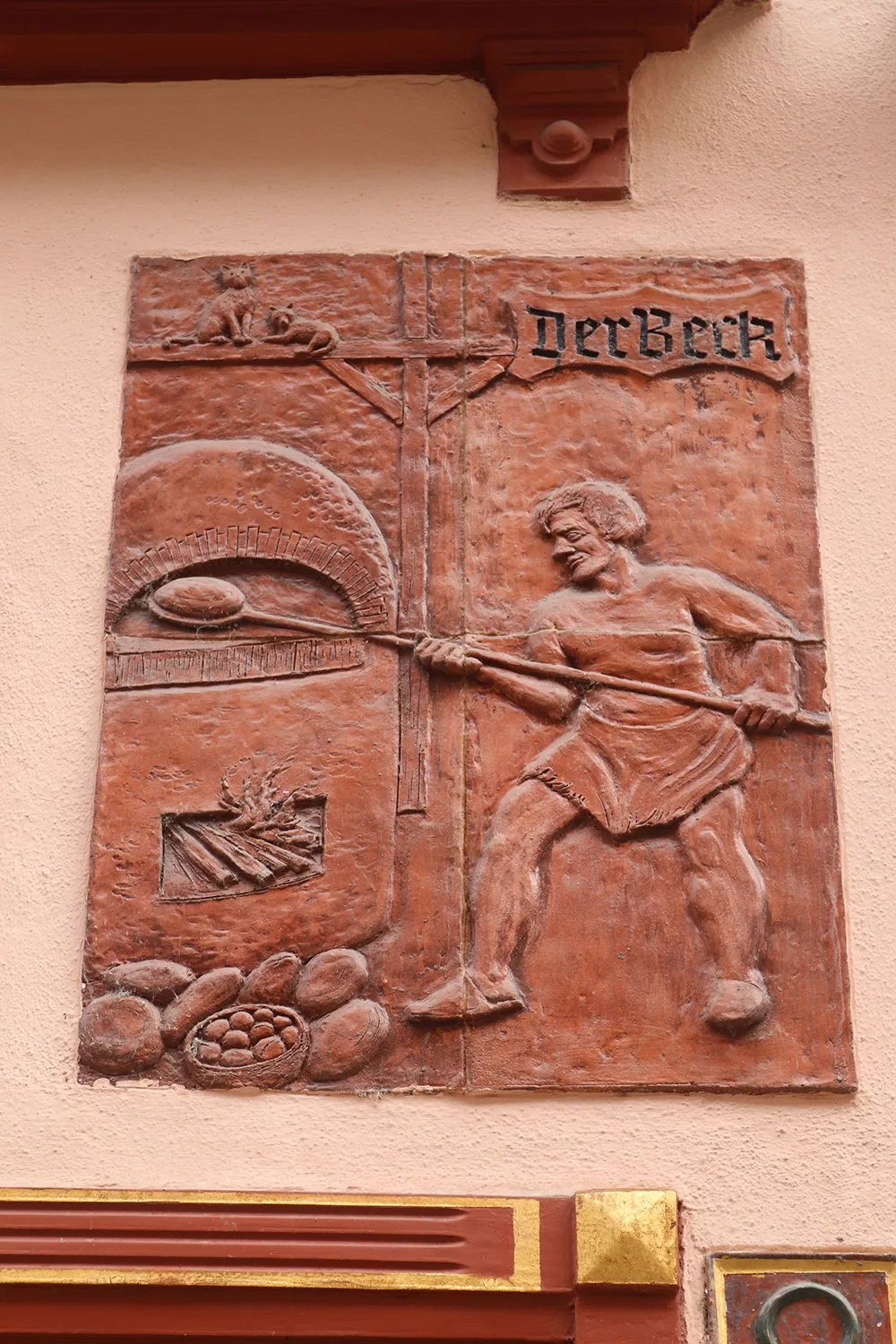
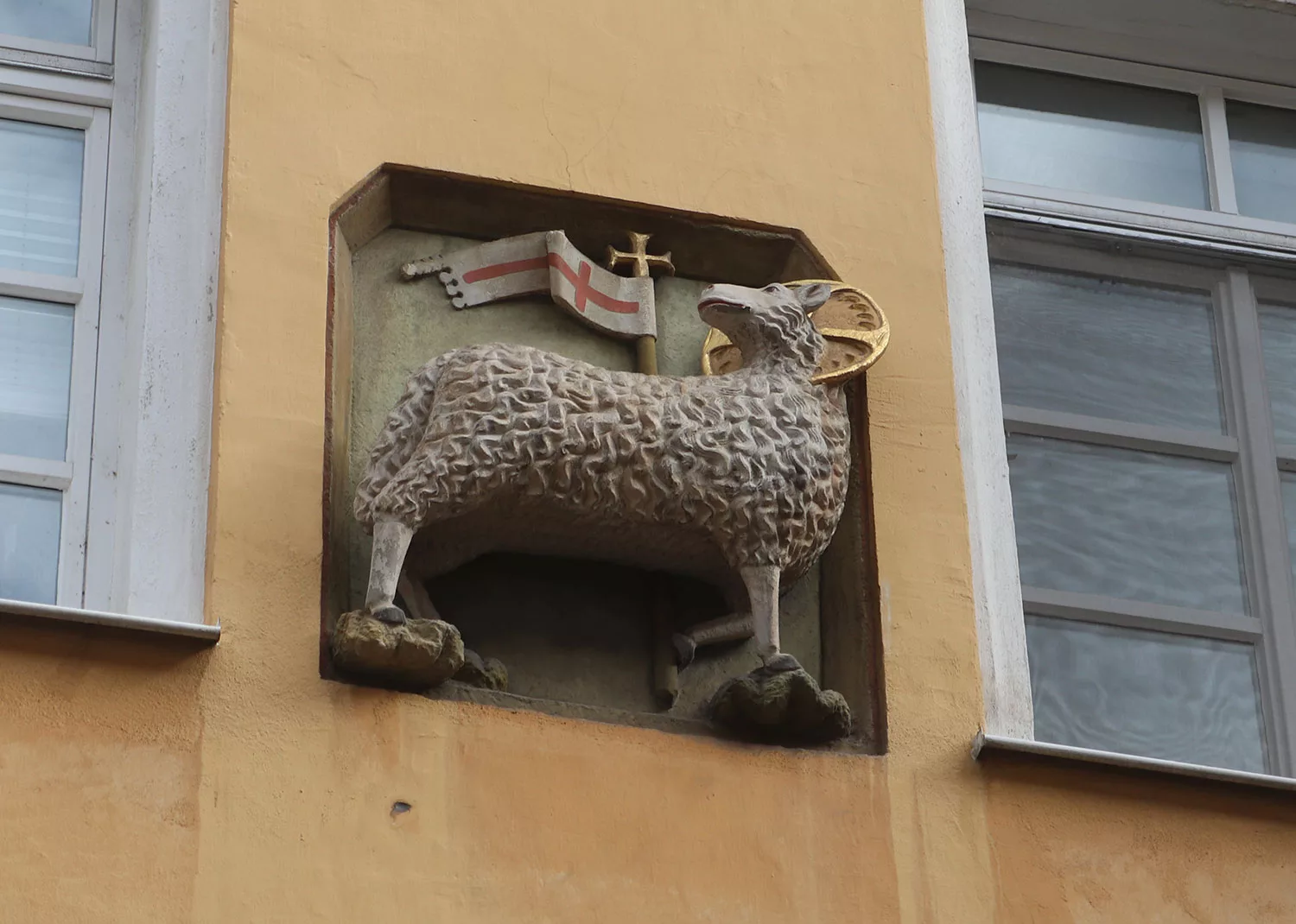
The city also has a series of underground passages dating back to the medieval era. They had many functions over the centuries and you can take a guided tour to see them. (A guided tour is the only way to see the city’s underground passages.)
Nuremberg also has its own cuisine to try. Don’t forget to try a Rotbier, or “red beer,” which is specific to Nuremberg. I’m not a huge beer person but Rotbier was quite smooth. This area of Germany tends to sell beer by the half liter rather than the liter, which is mind boggling to me because the half liter is already so huge!
Like many other medieval cities, they also have their own version of a “lebkuchen” or gingerbread. I always love a good gingerbread.
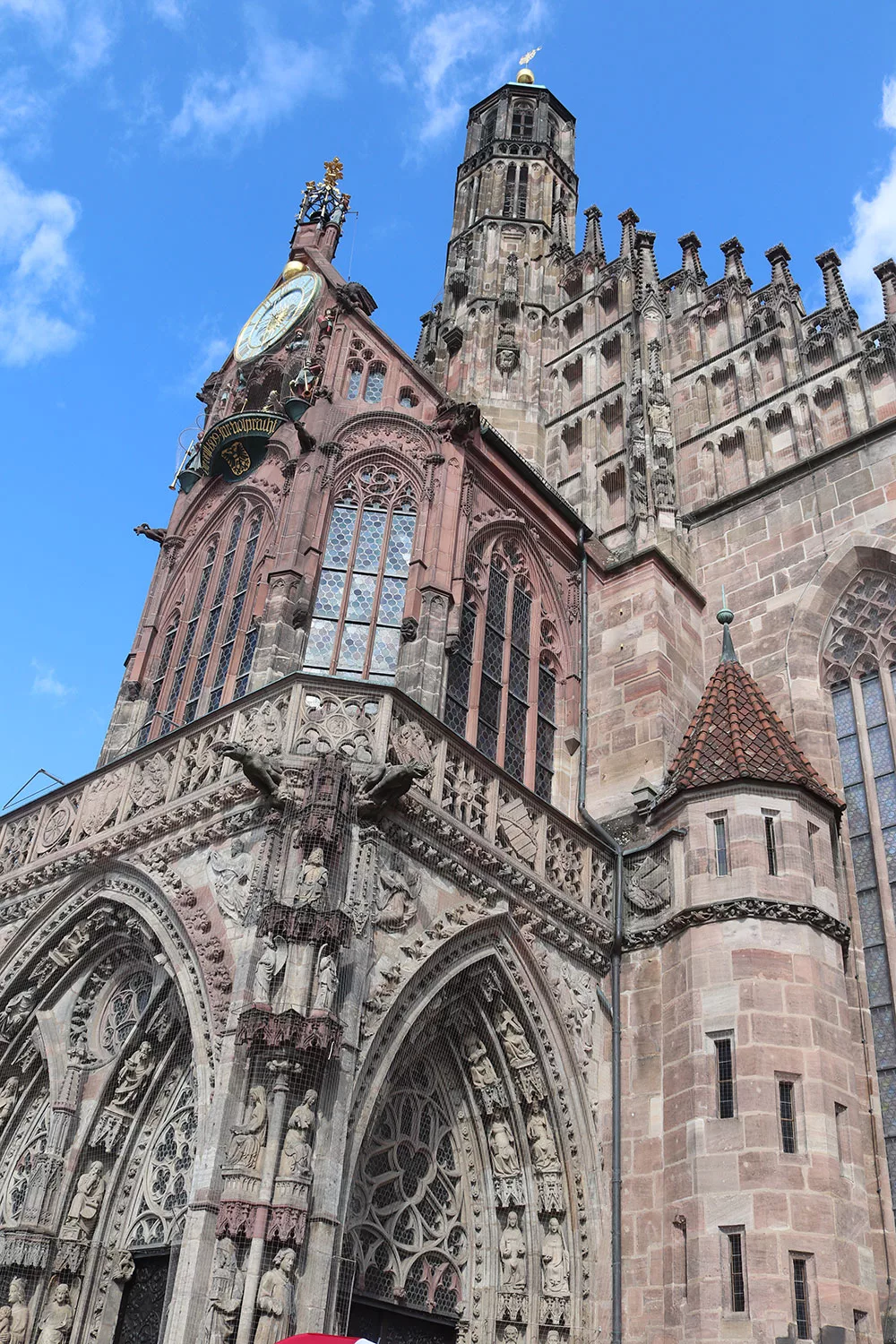
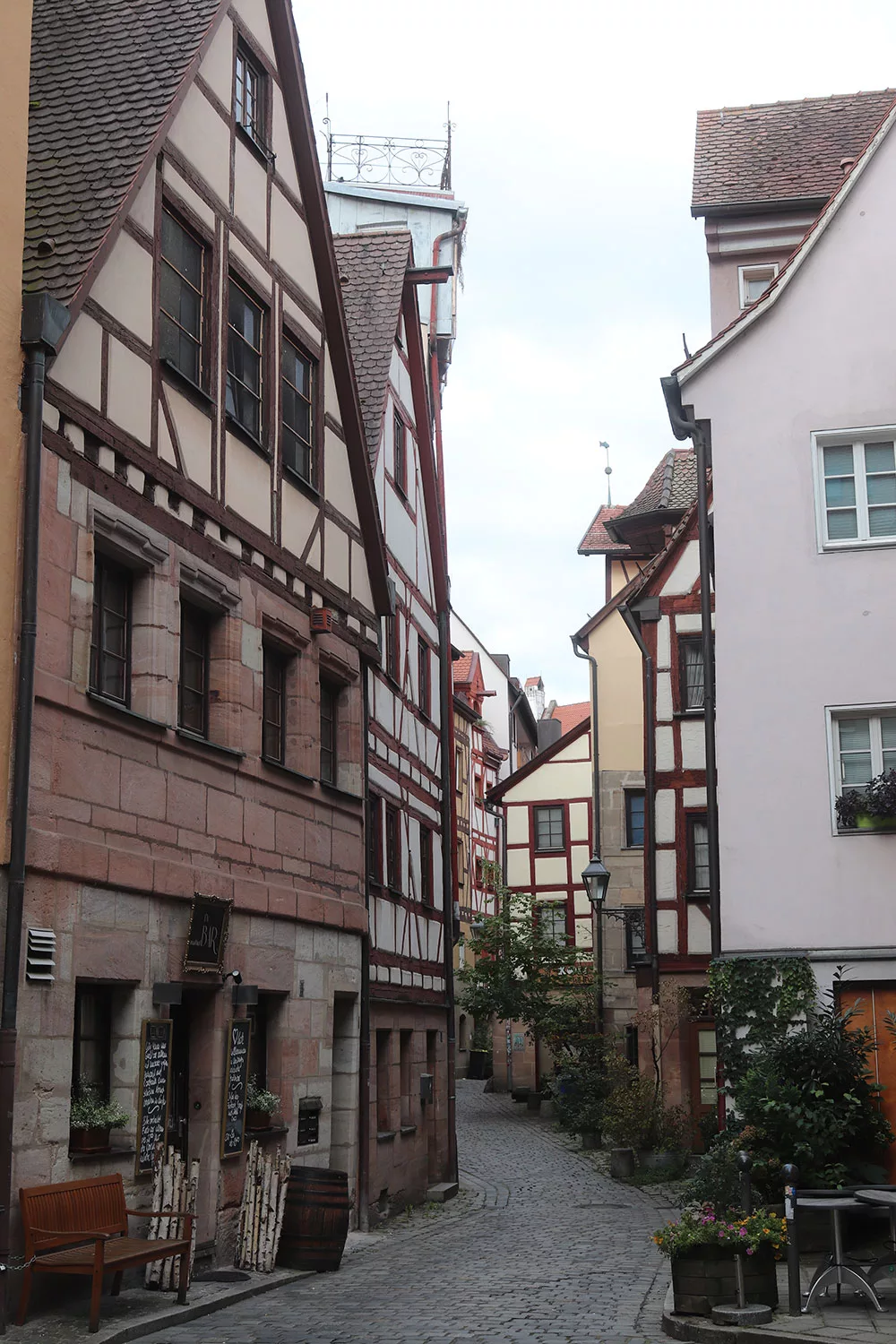
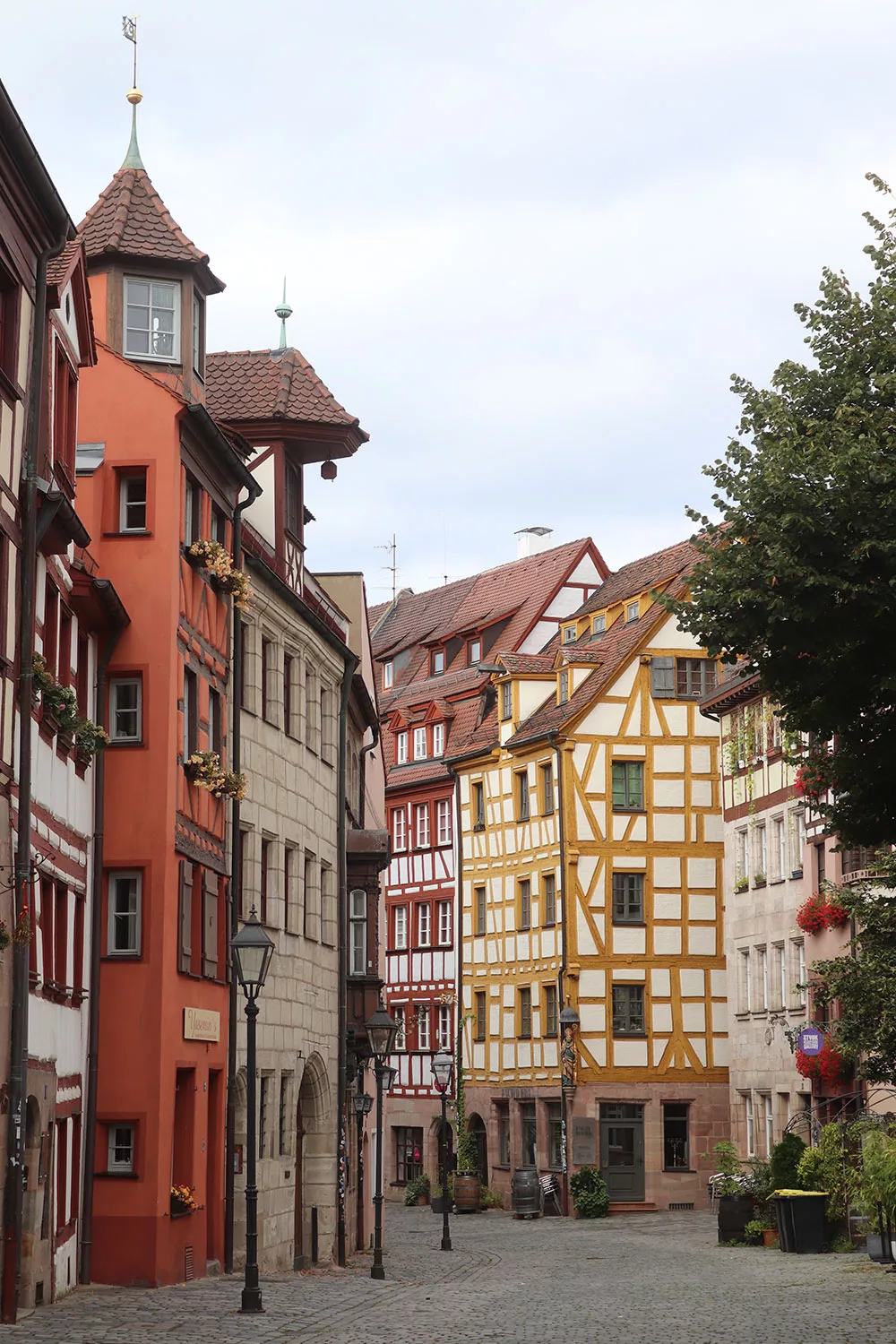
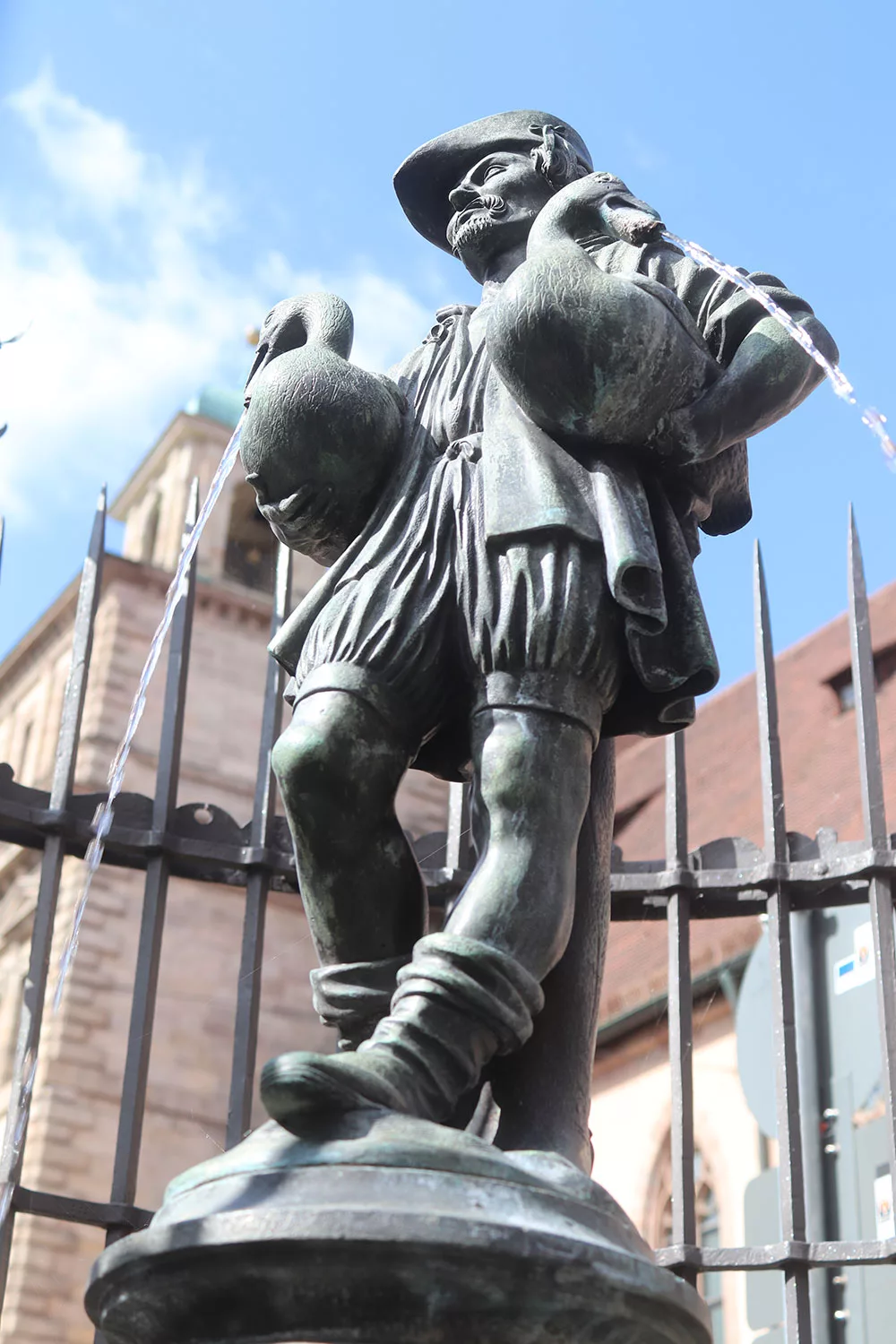
I really enjoyed my time in Nuremberg. Originally it was supposed to be a day trip but I spent a little more than two full days there and think I wouldn’t have been able to see all I wanted to if I’d stayed for just a day. The old town alone is quite sizable. You can spend a few hours just walking down its streets and seeing all the gorgeous buildings.
I kept my visit to the old town, as I typically do when being a tourist, but there was a lot outside the old city walls that I just didn’t touch on. I’m sure Nuremberg has a lot of tourism but it’s also a very local city, and there are tons of different areas you can explore if you have the will and the time.
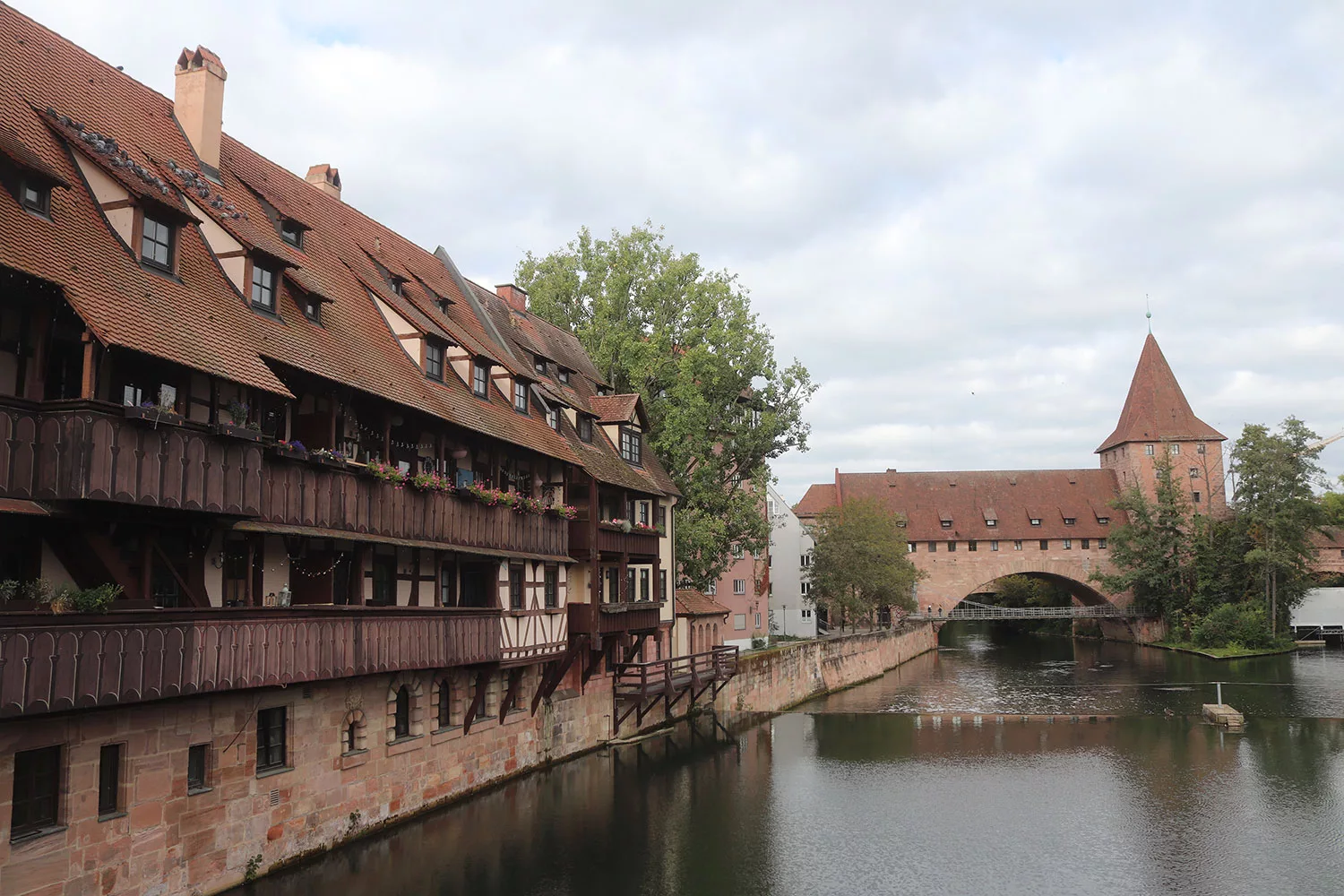
I absolutely loved my visit to Nuremberg and I’d definitely use the city as a base to explore surrounding areas when I (hopefully) return. If you like charming towns and medieval history, then Nuremberg absolutely needs to be on your list. I think you’ll like it!
Book an Organised Tour
Book Your Stay
About the Author
My name's Lilly and I'm a Baltimore-based travel blogger with a focus on art and history. I work full time and manage to get in several trips a year. Learn more about me.Tags: europe, germany, nuremberg













